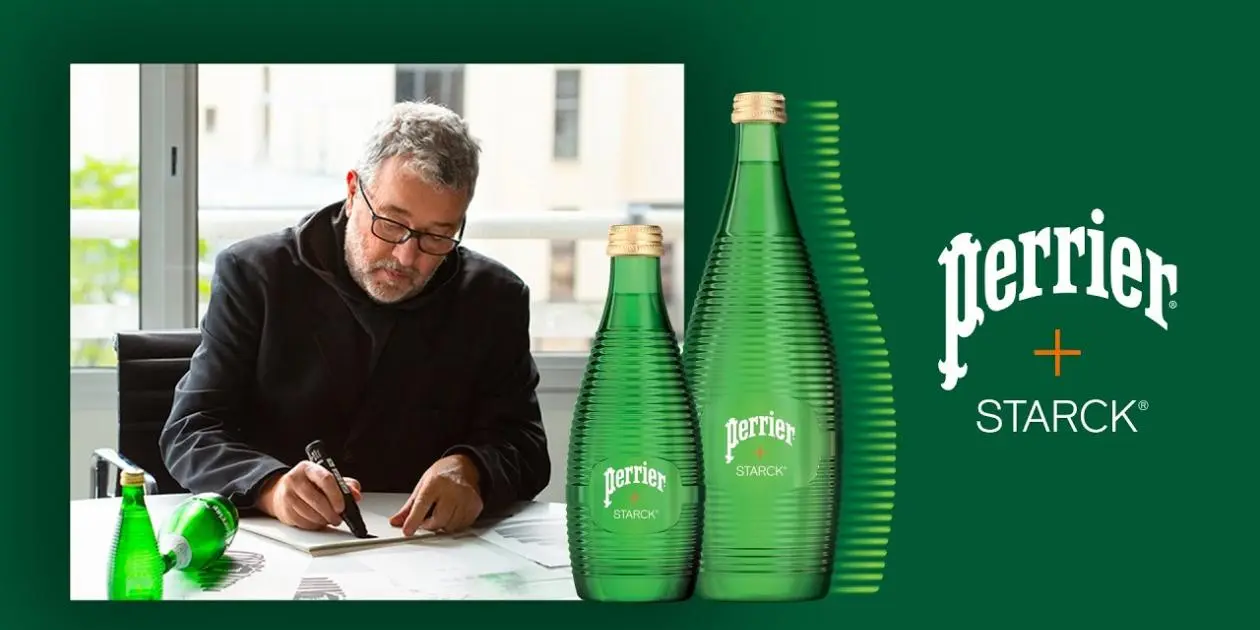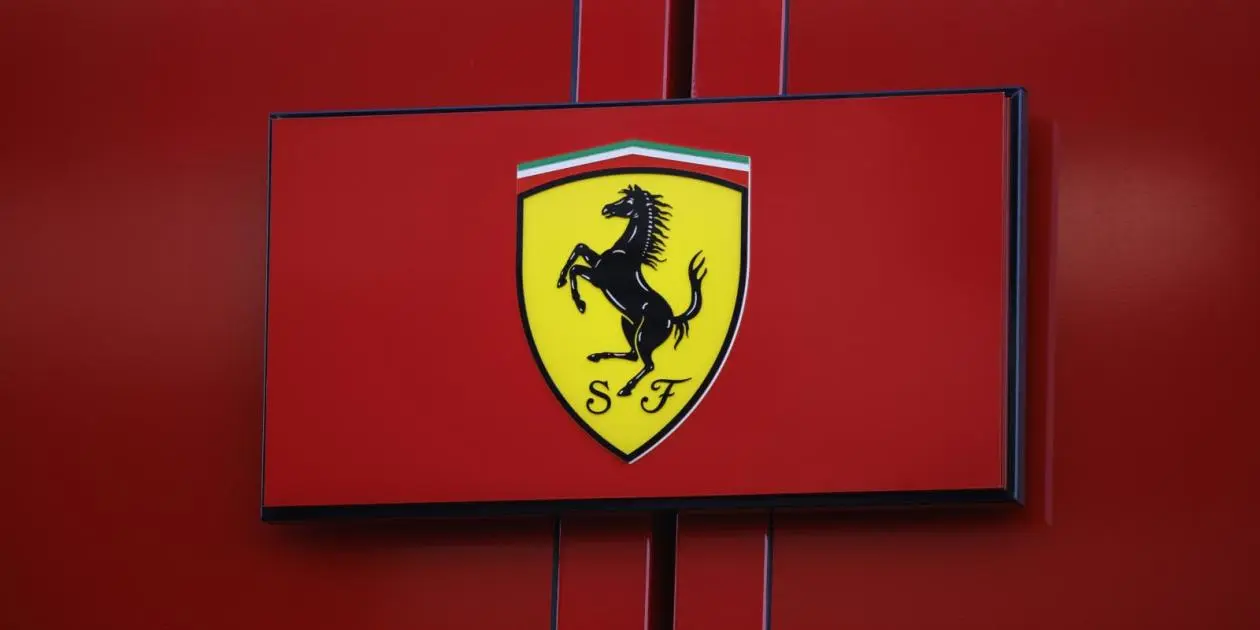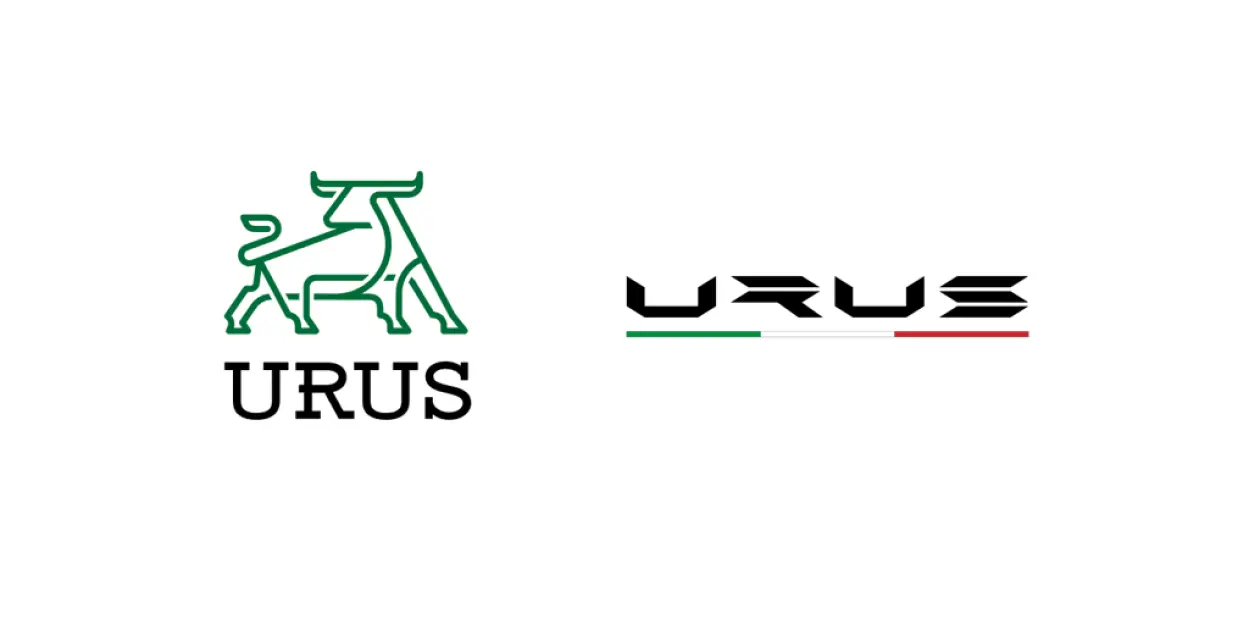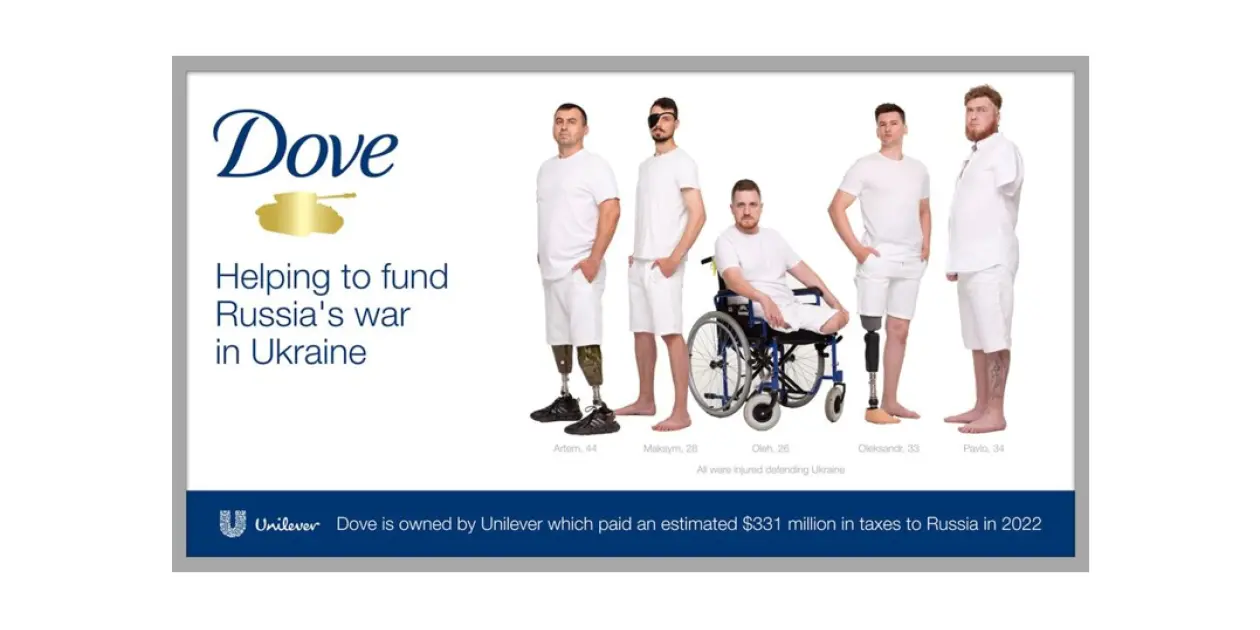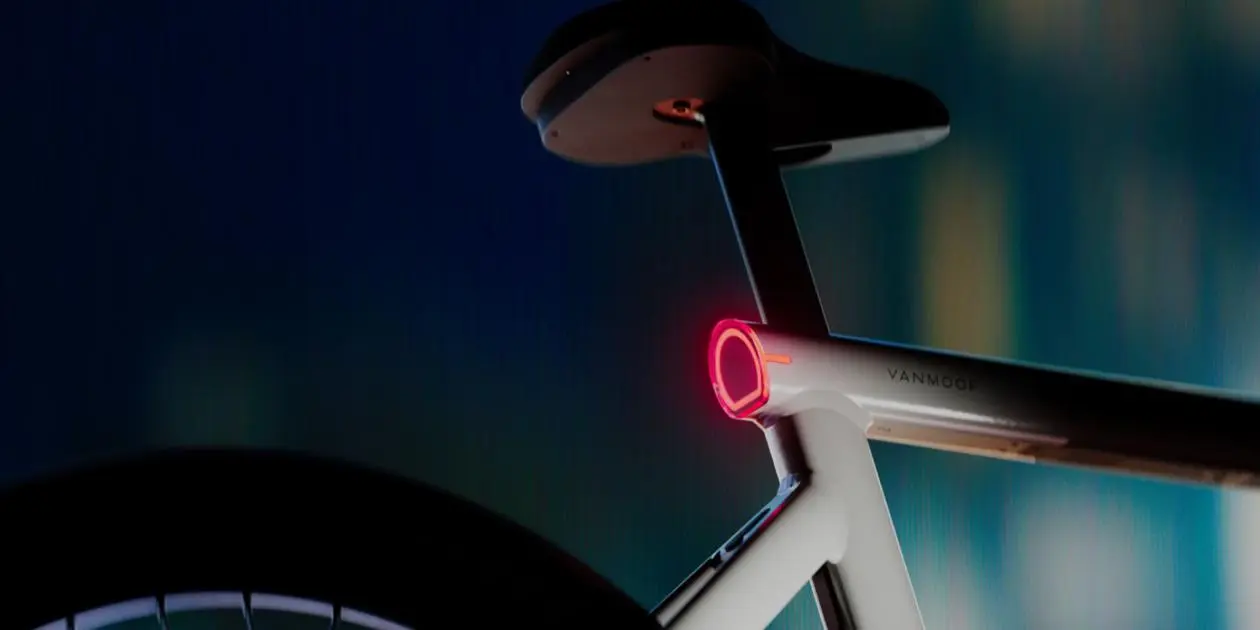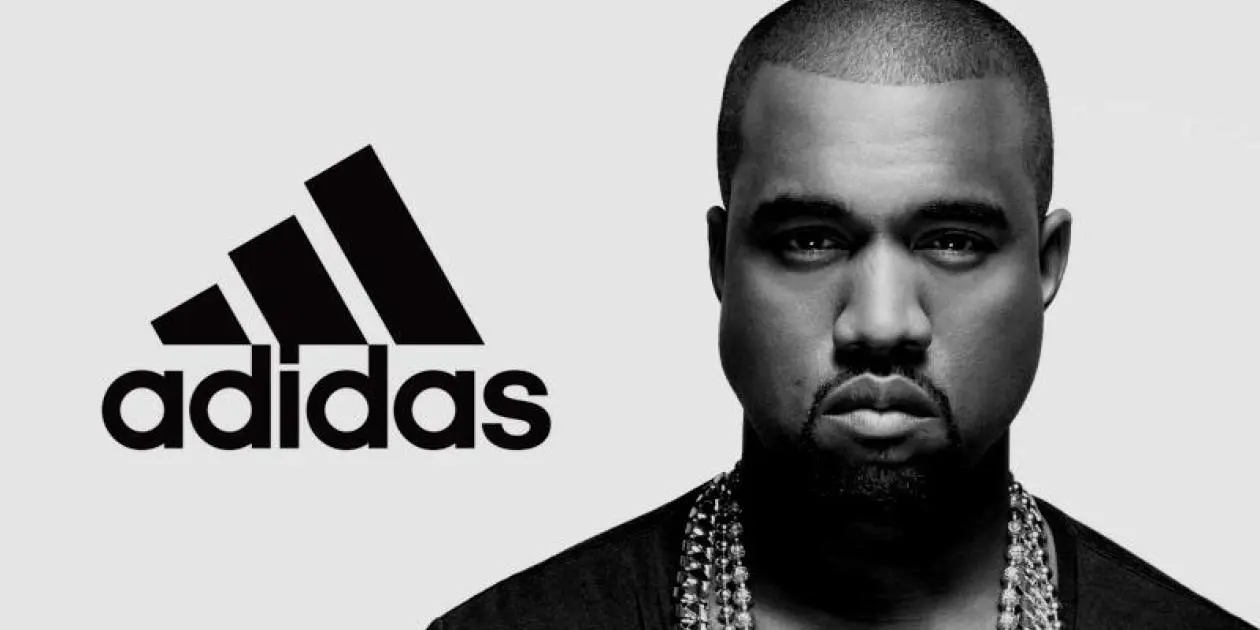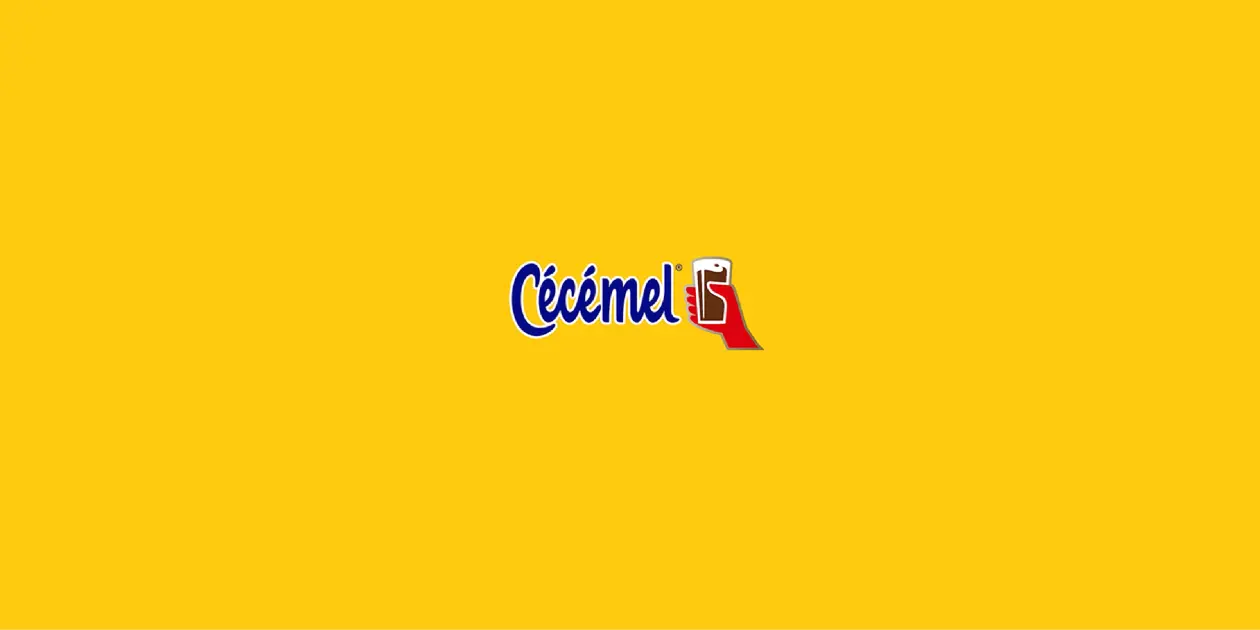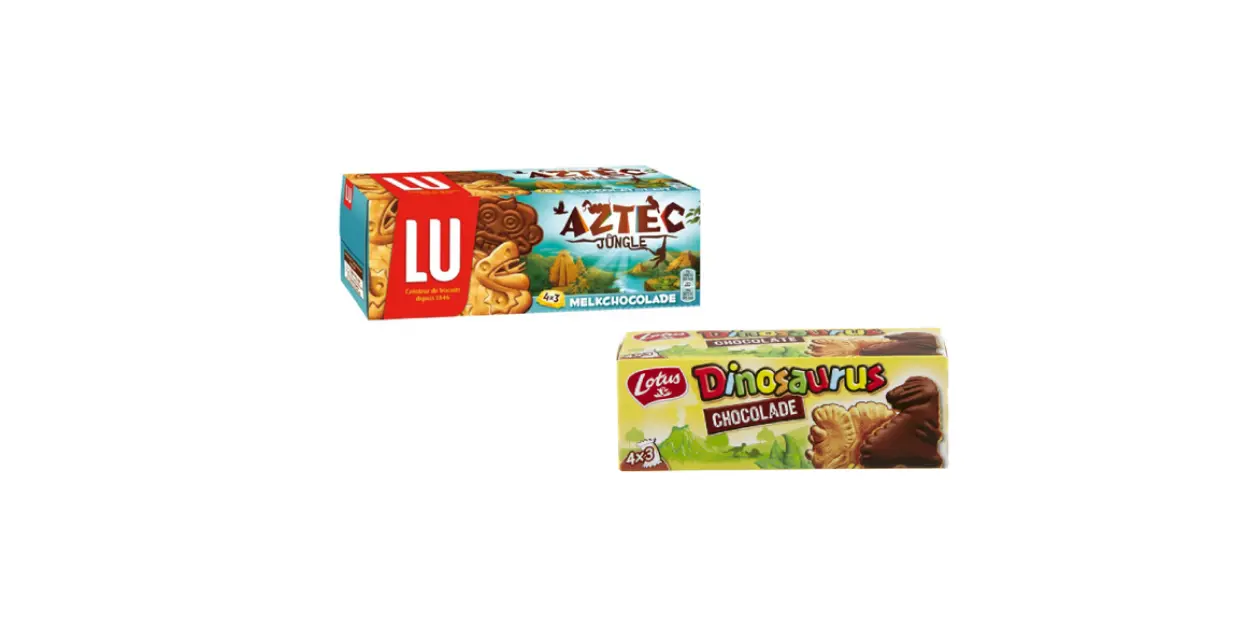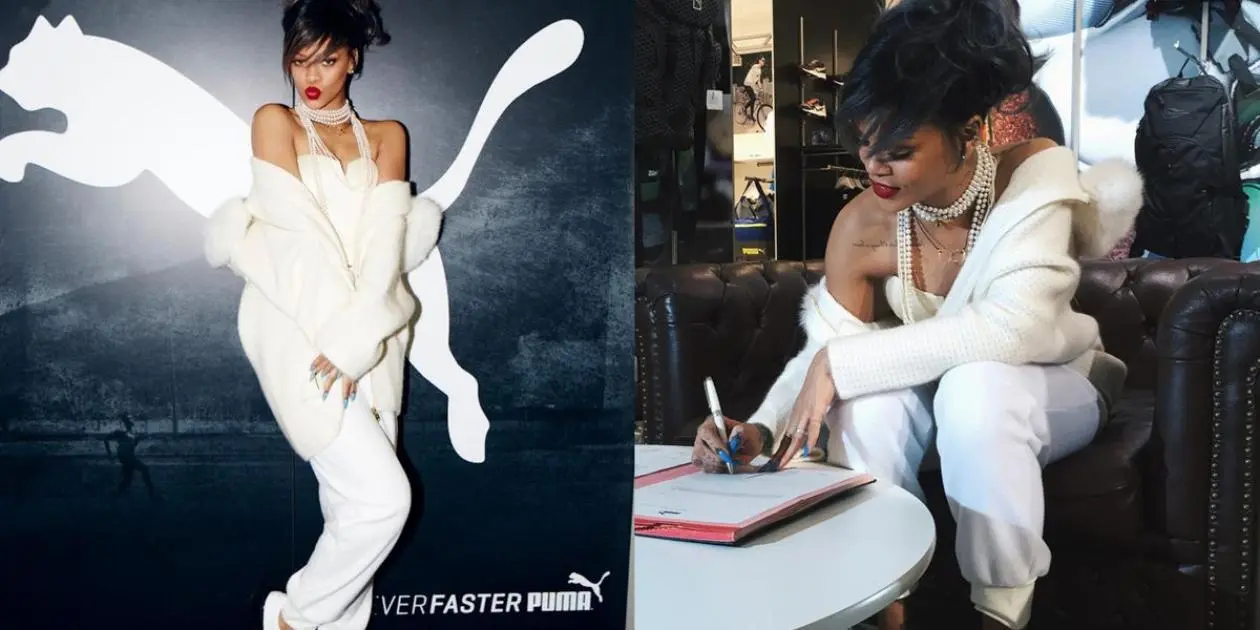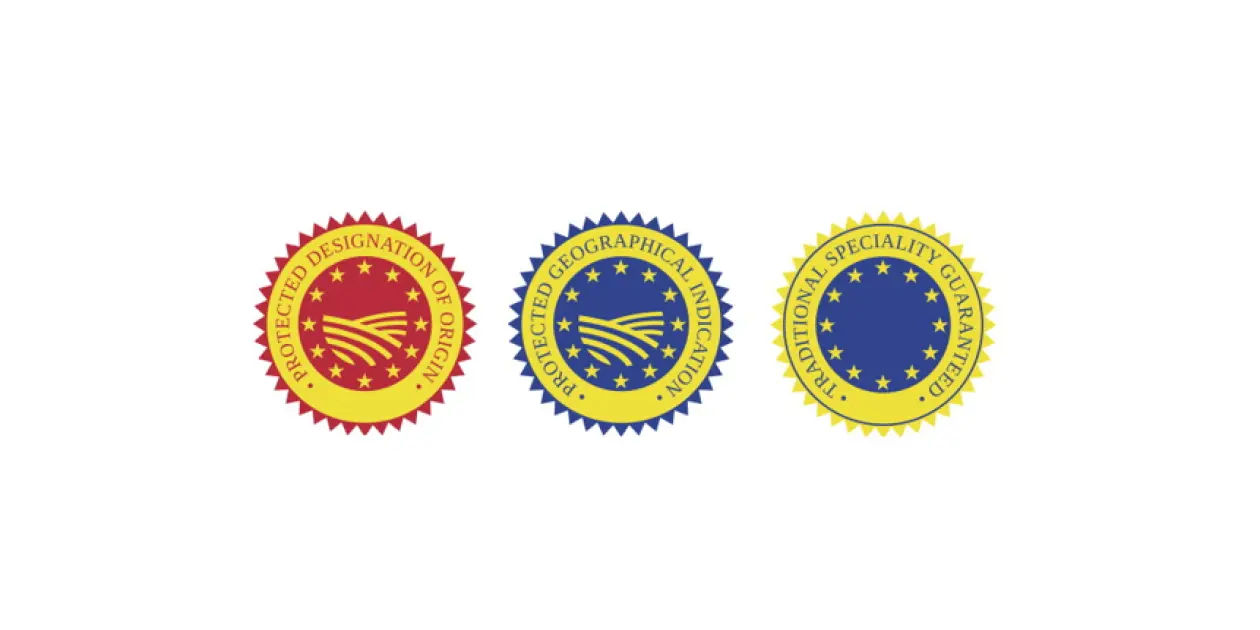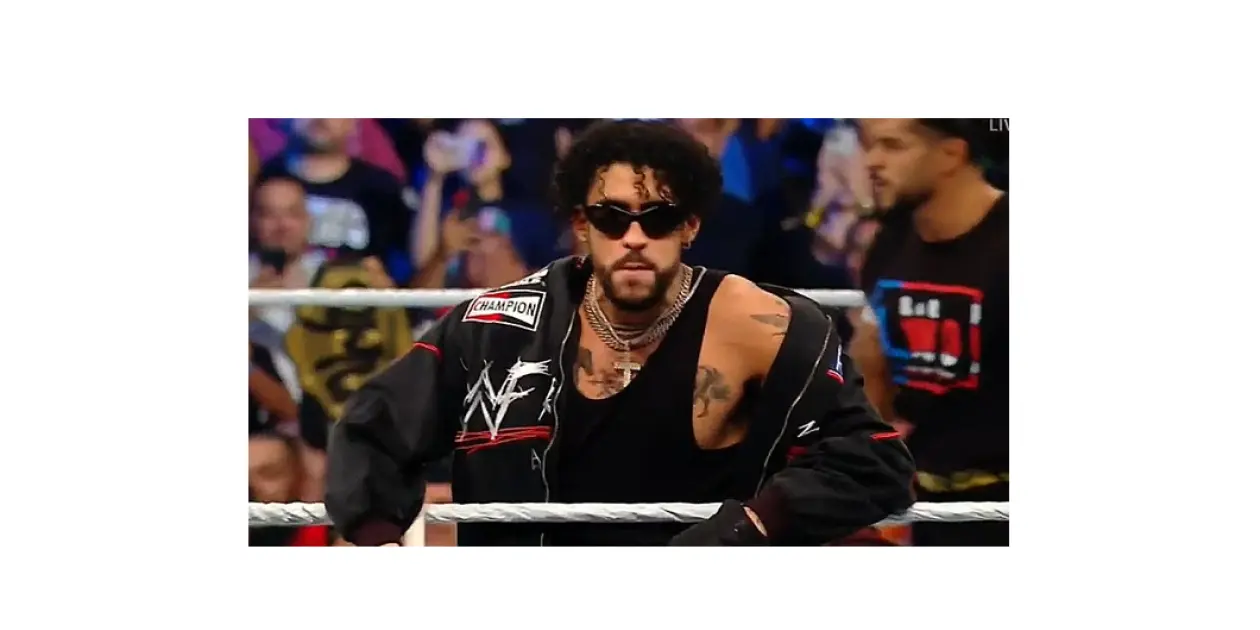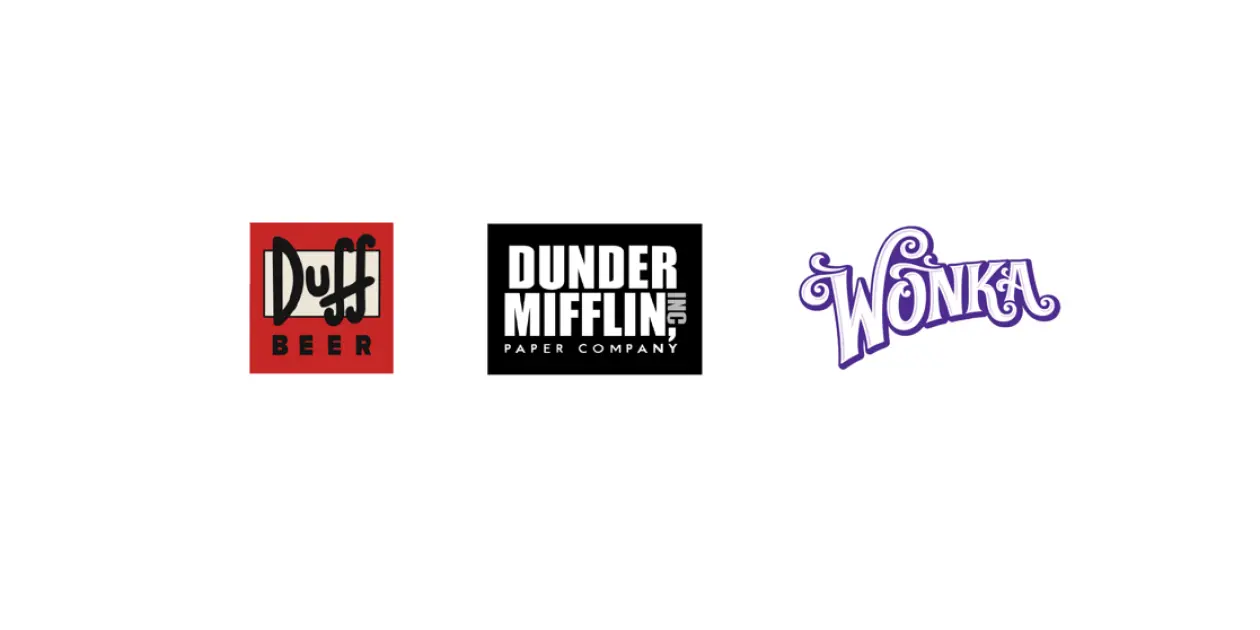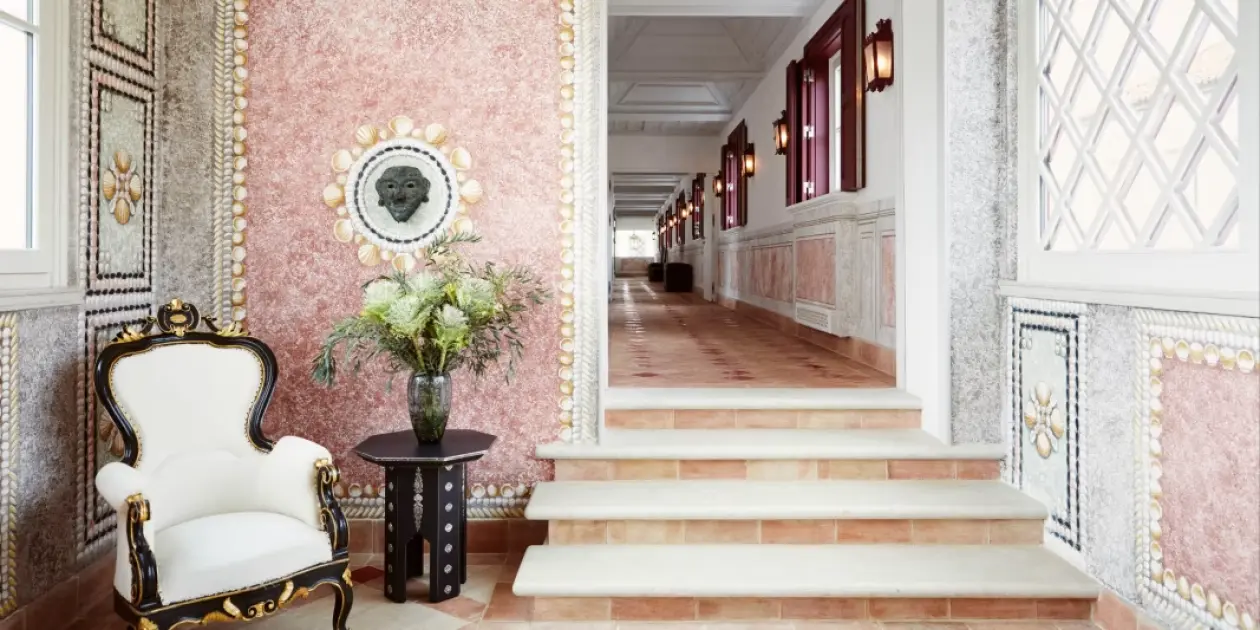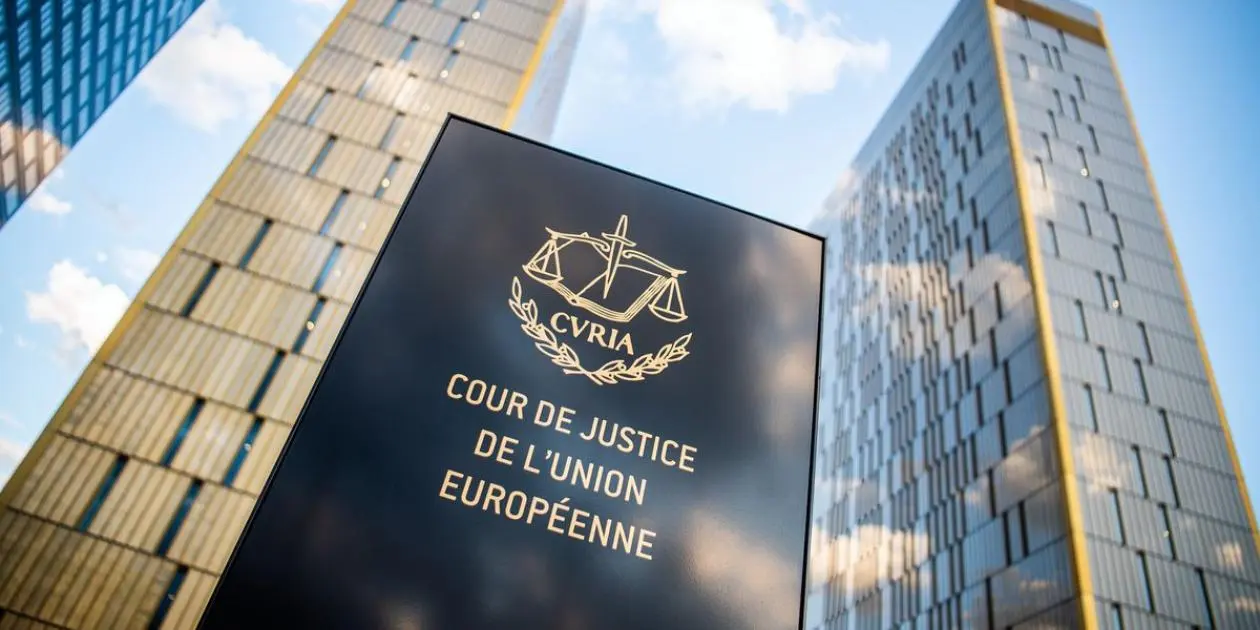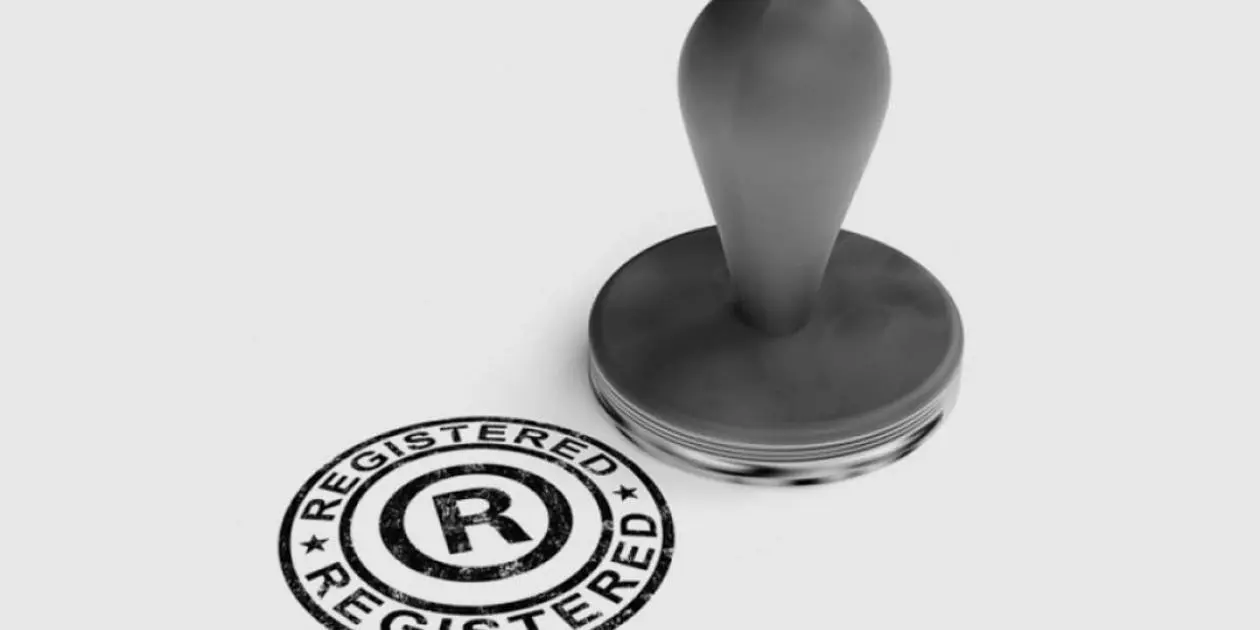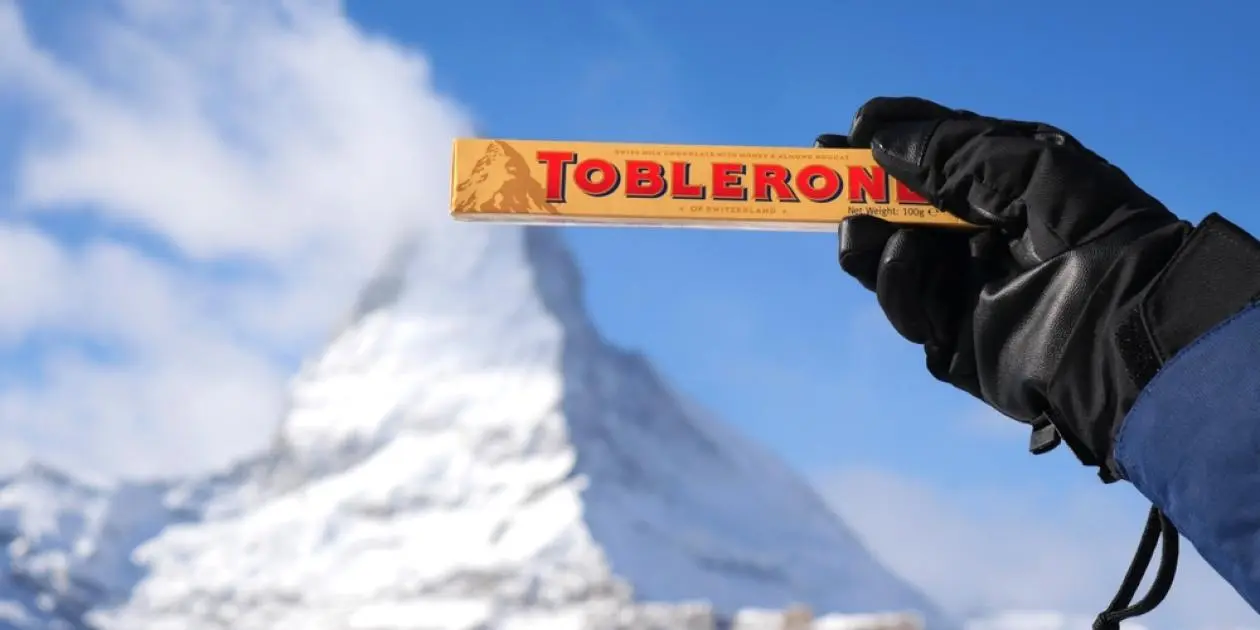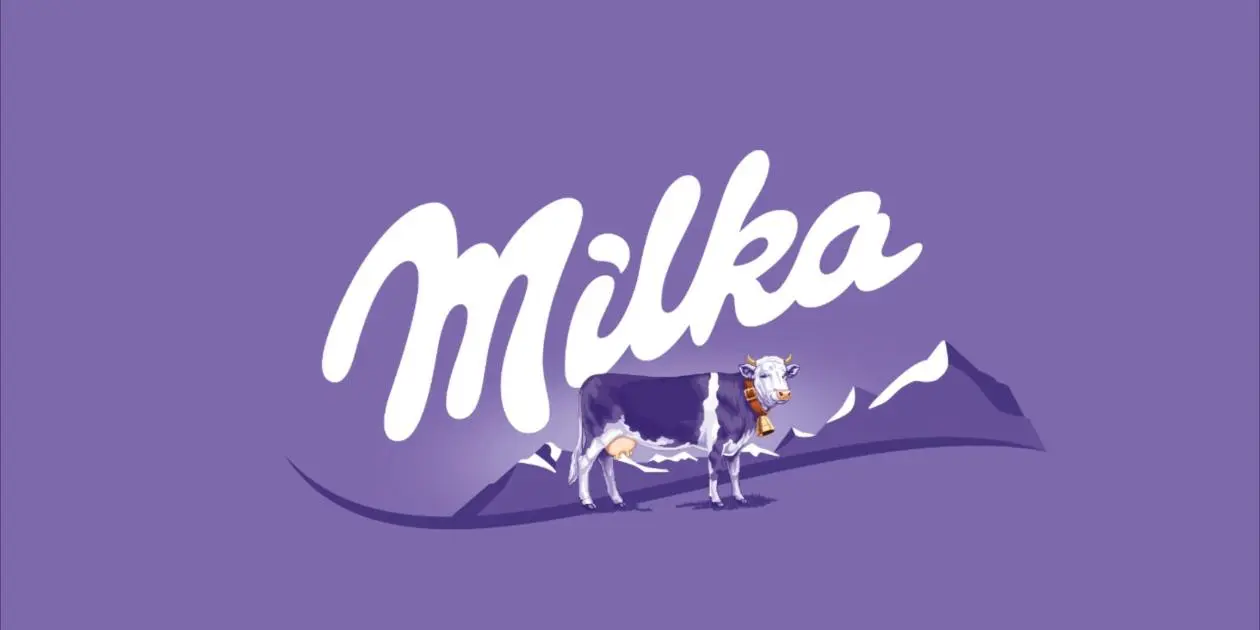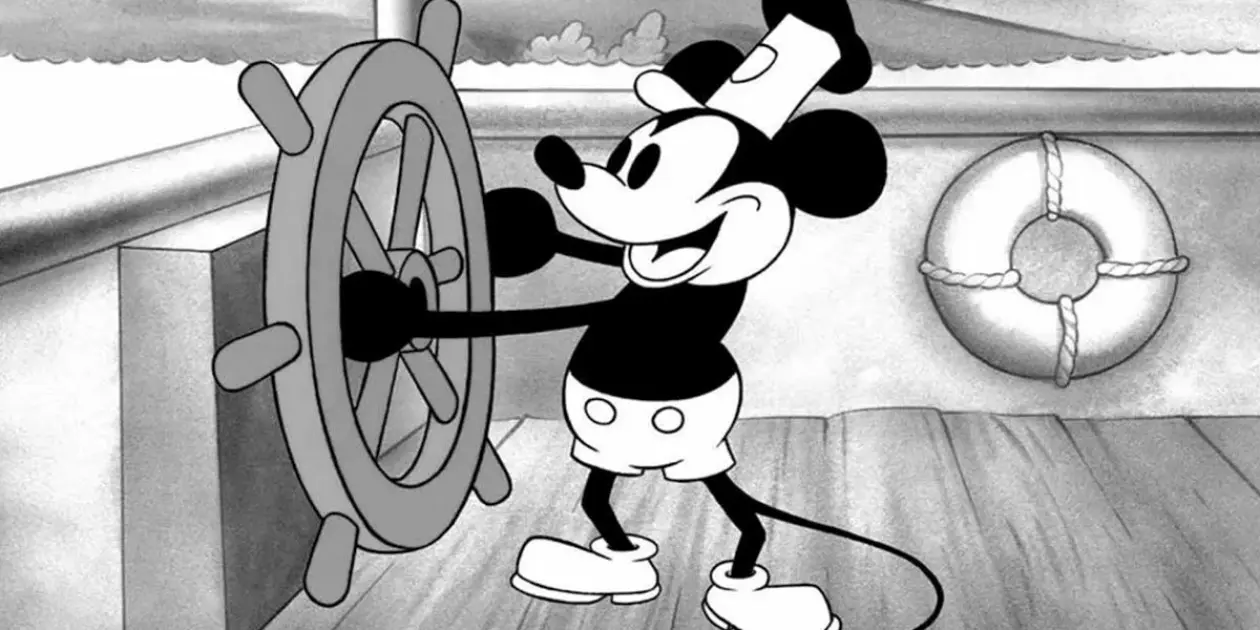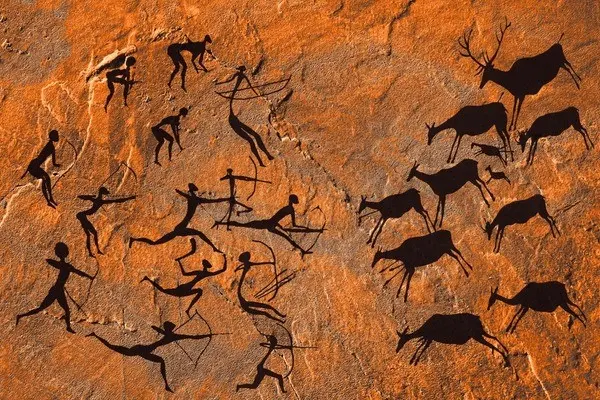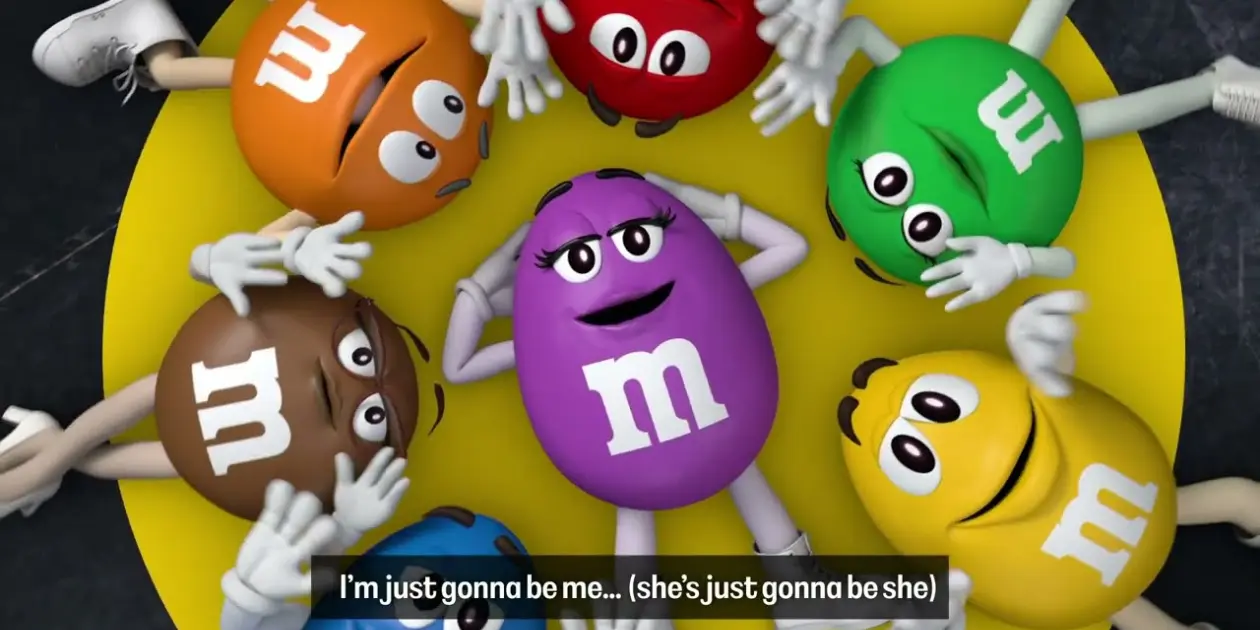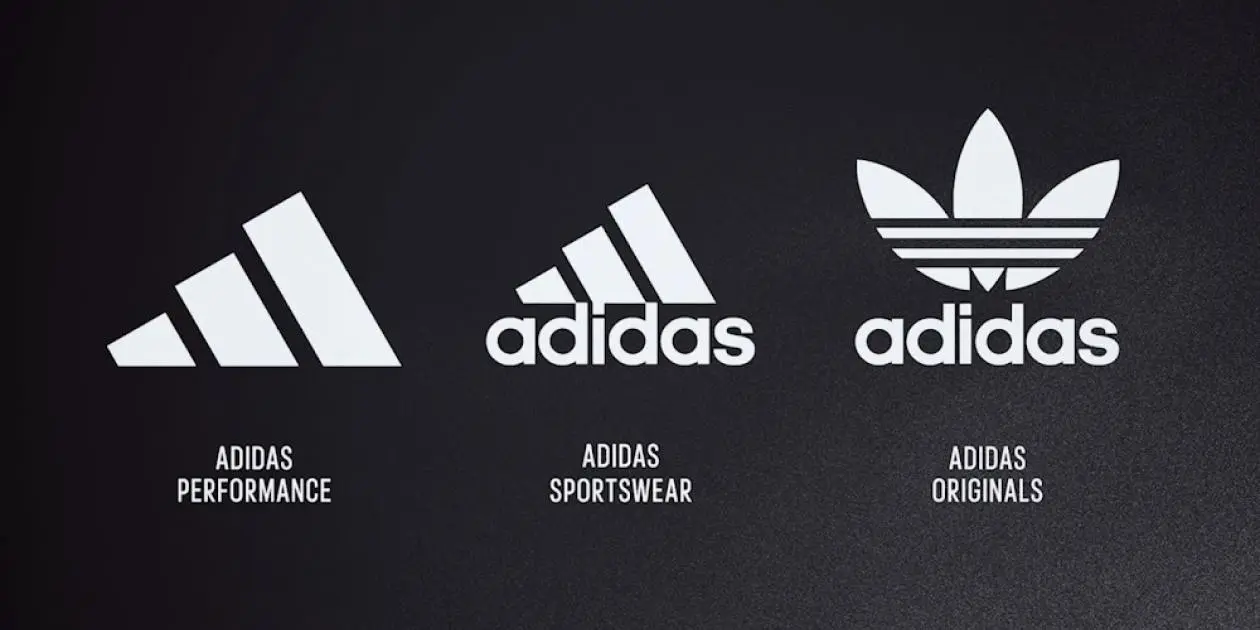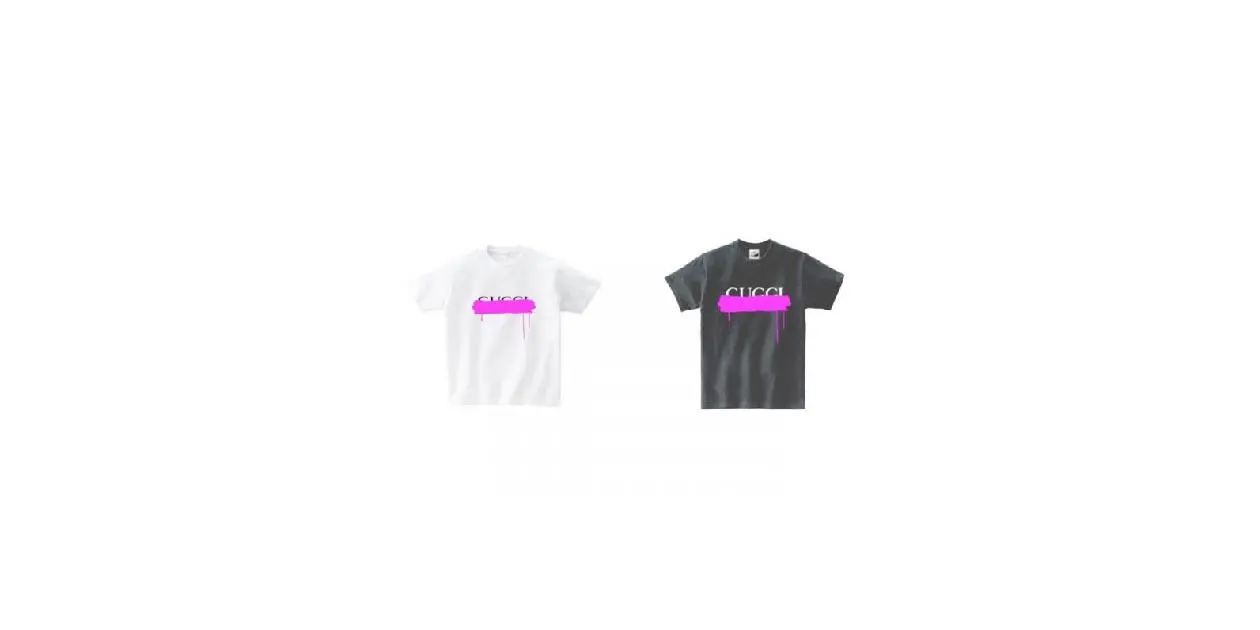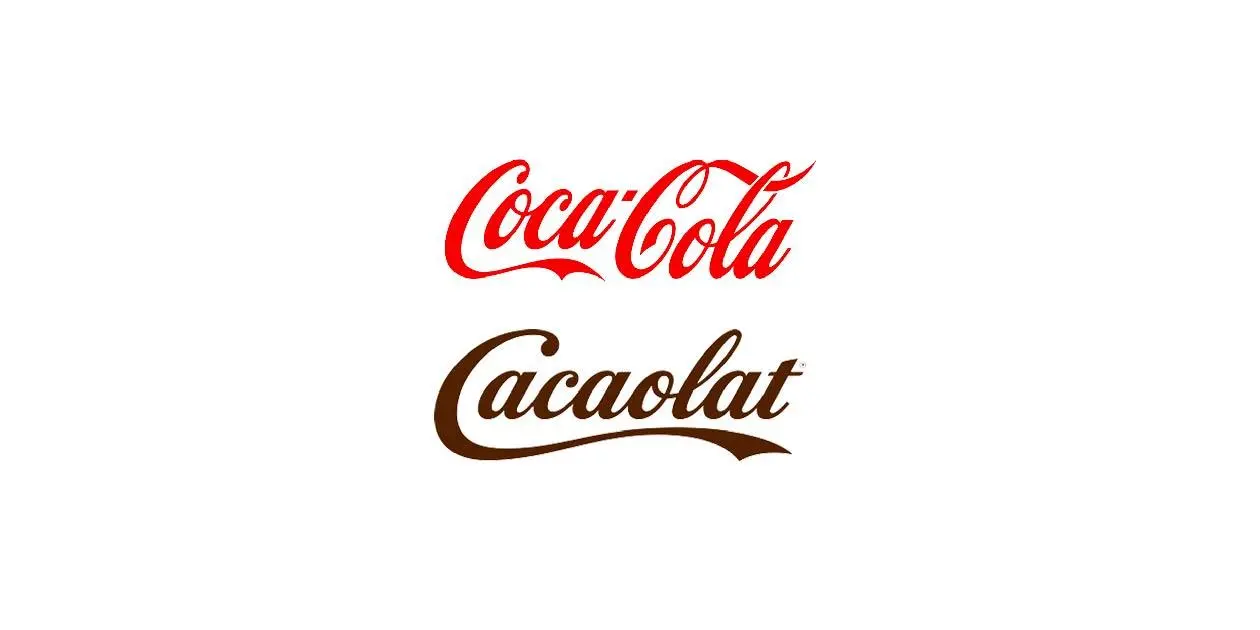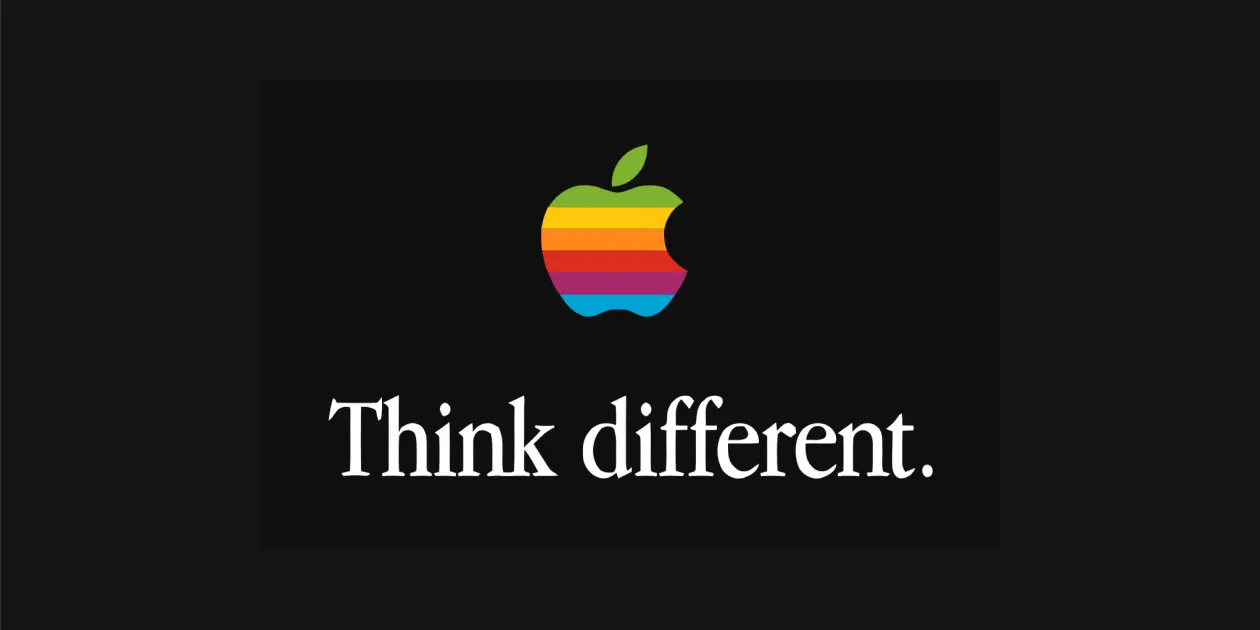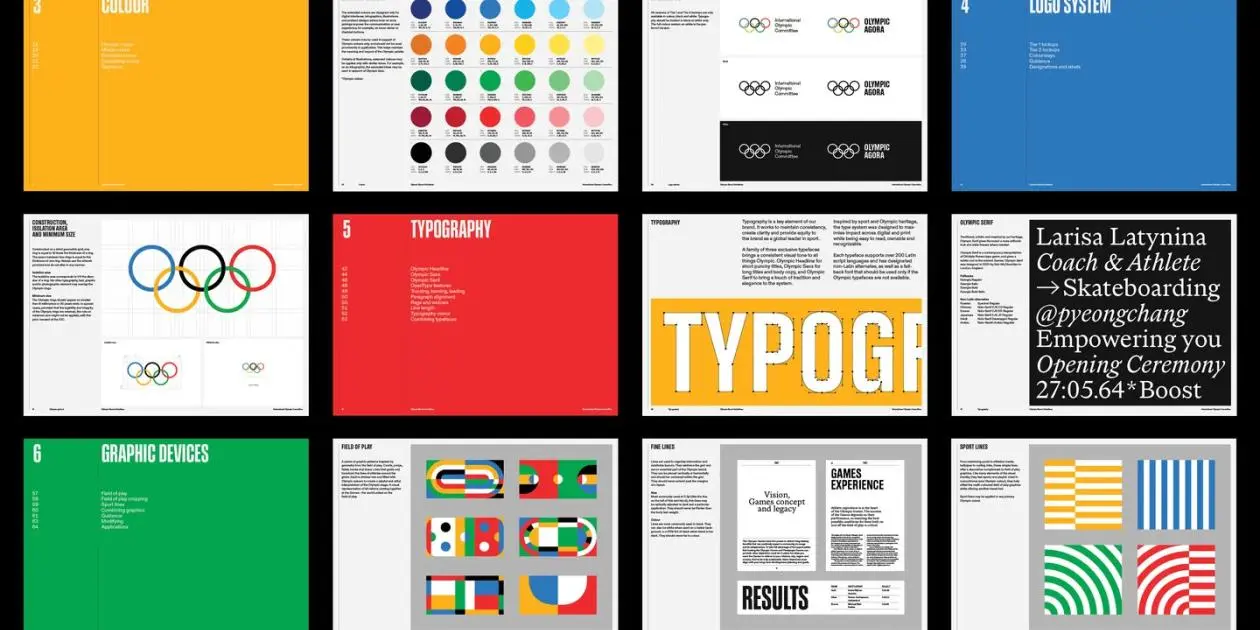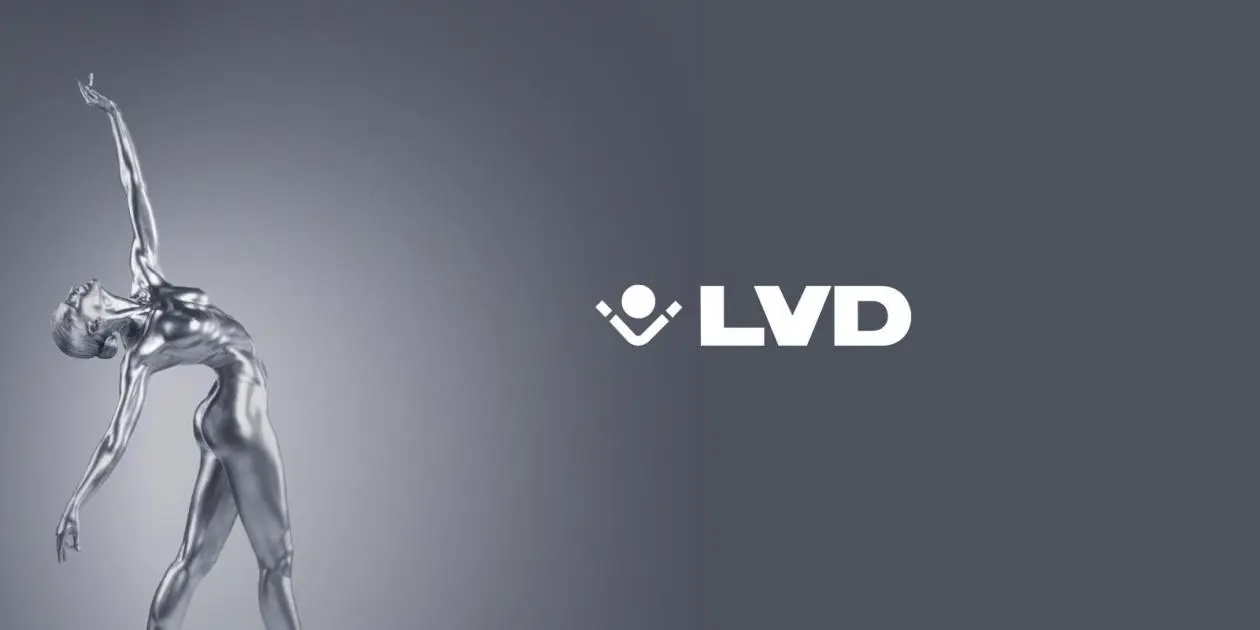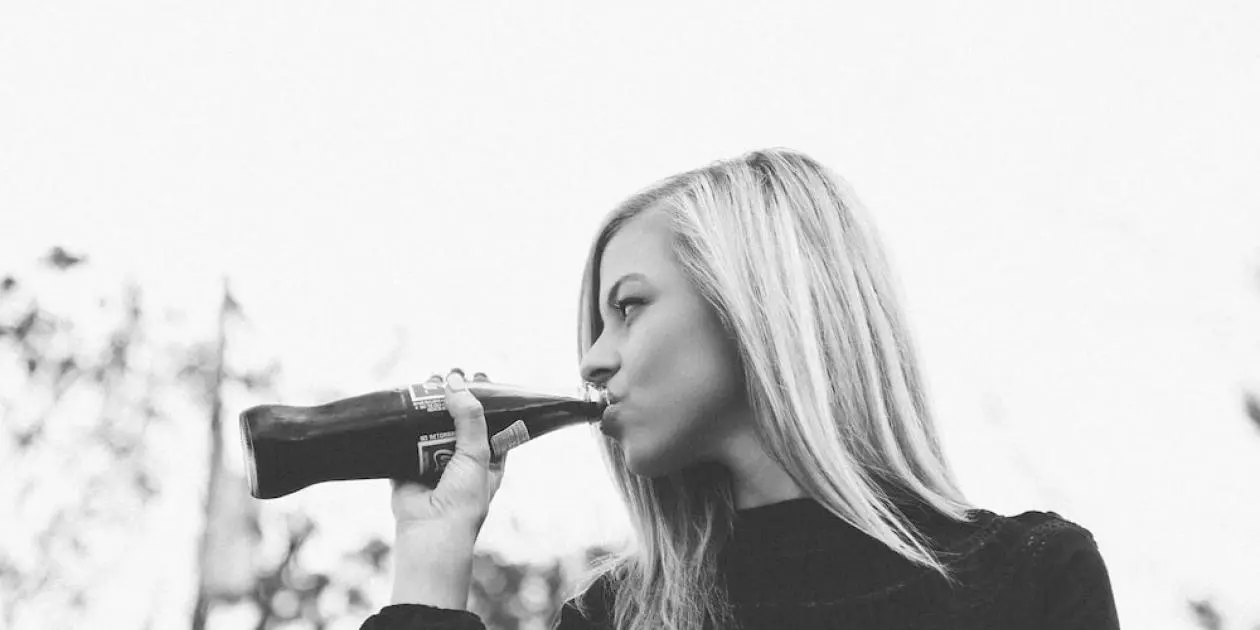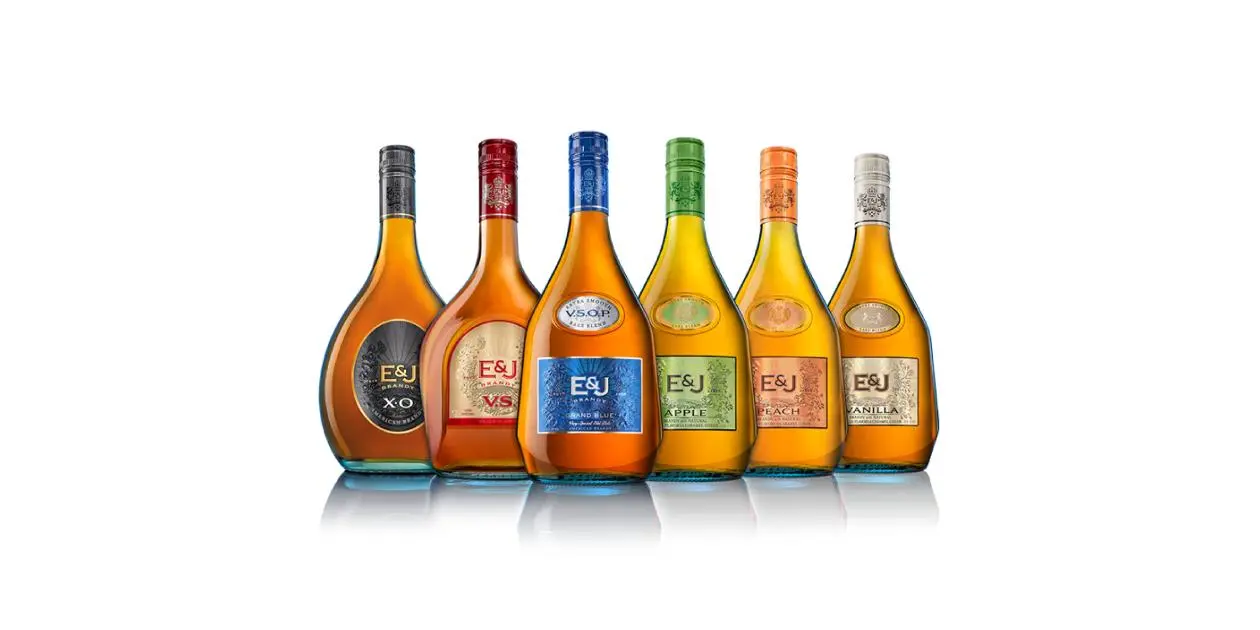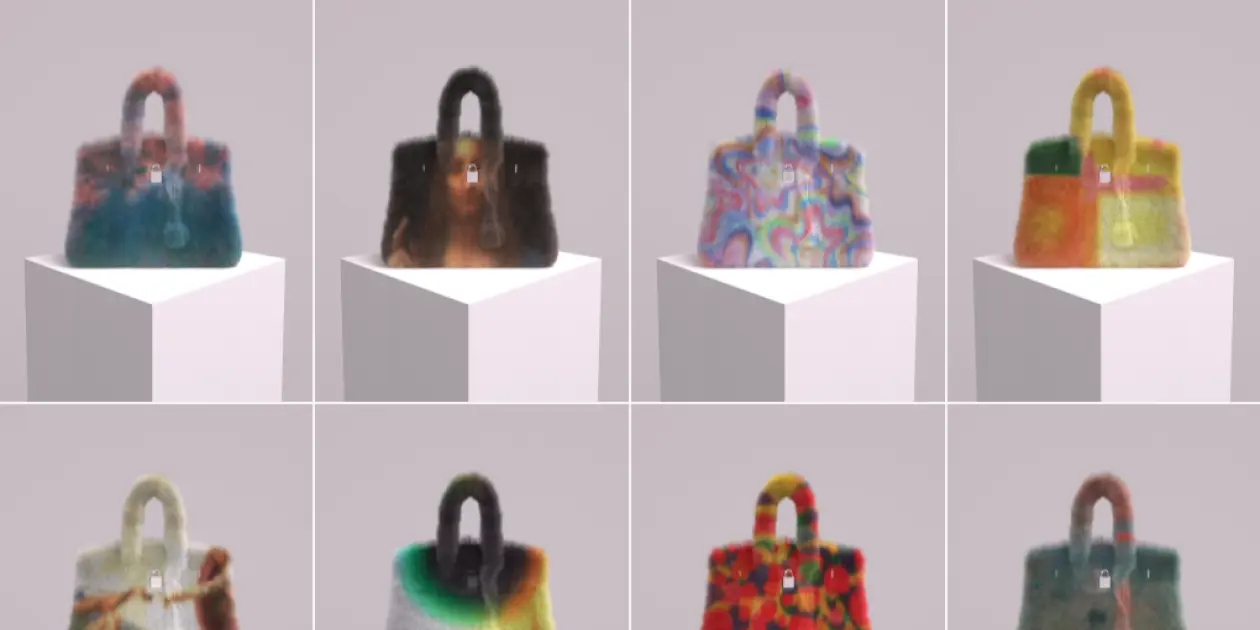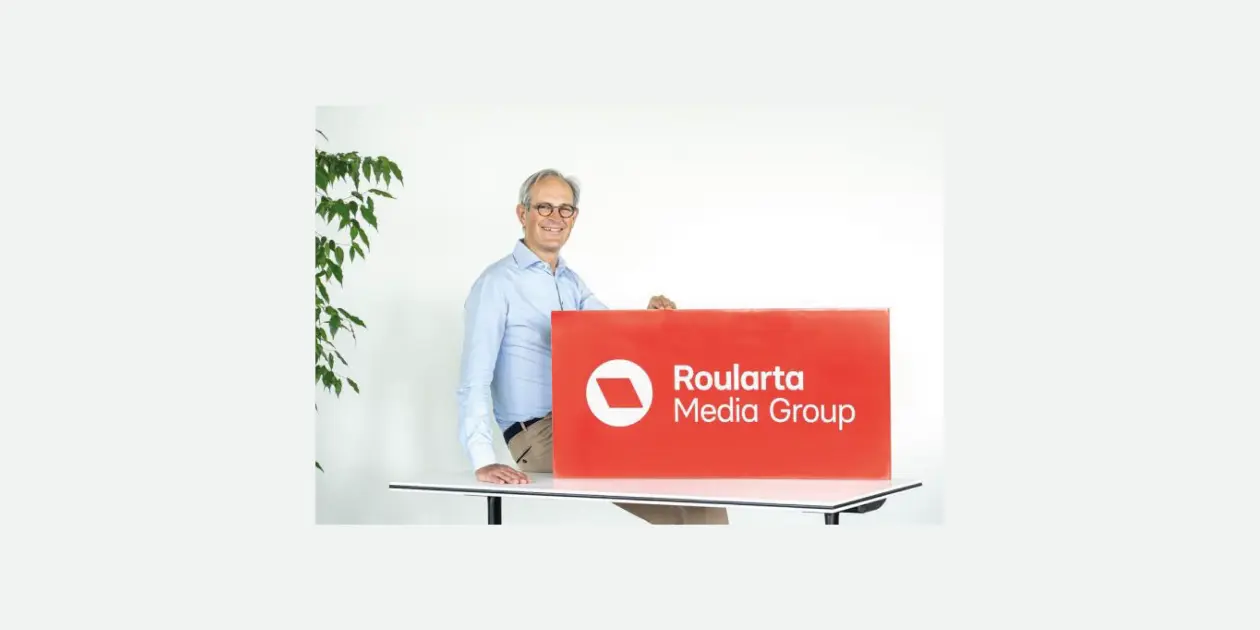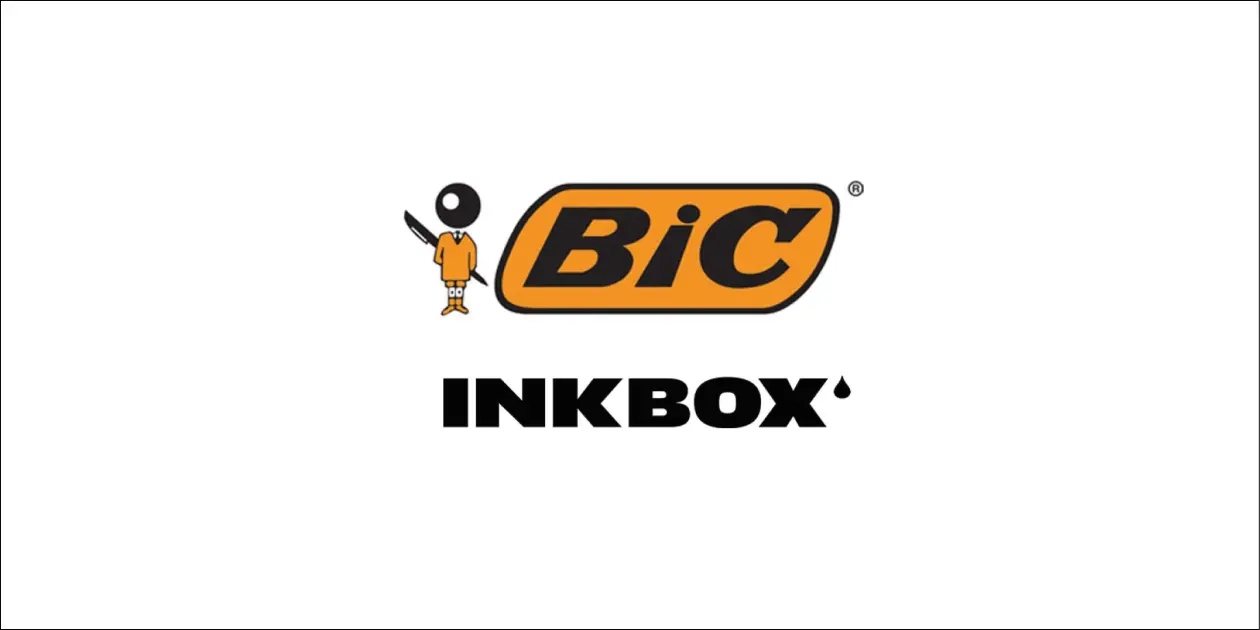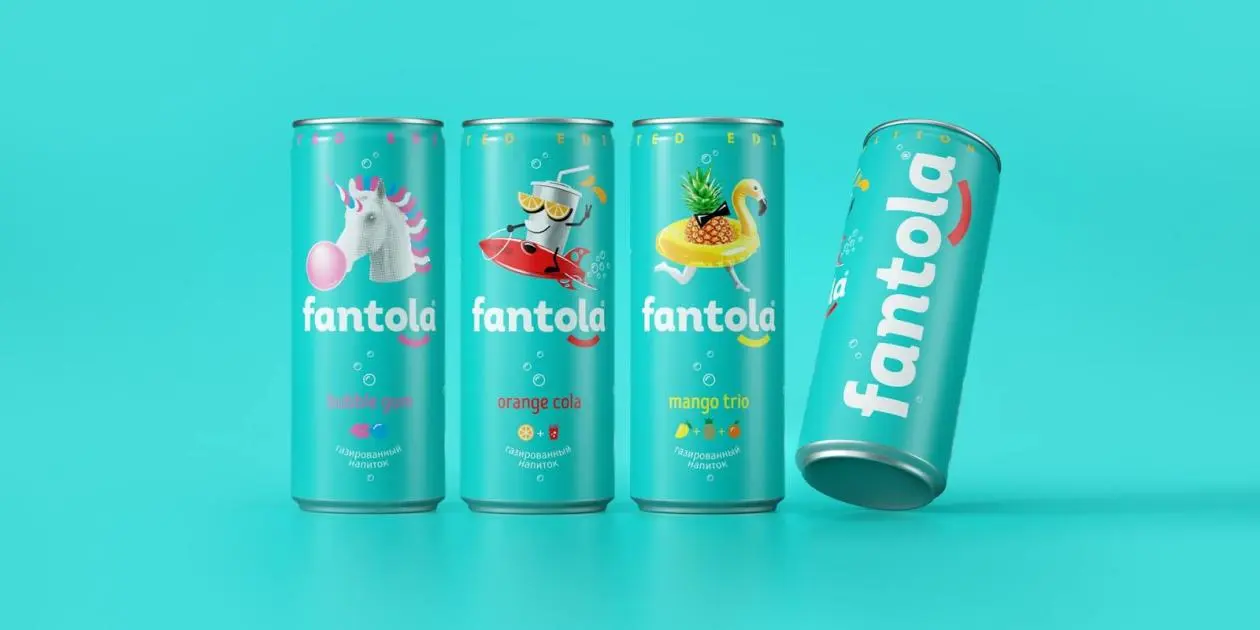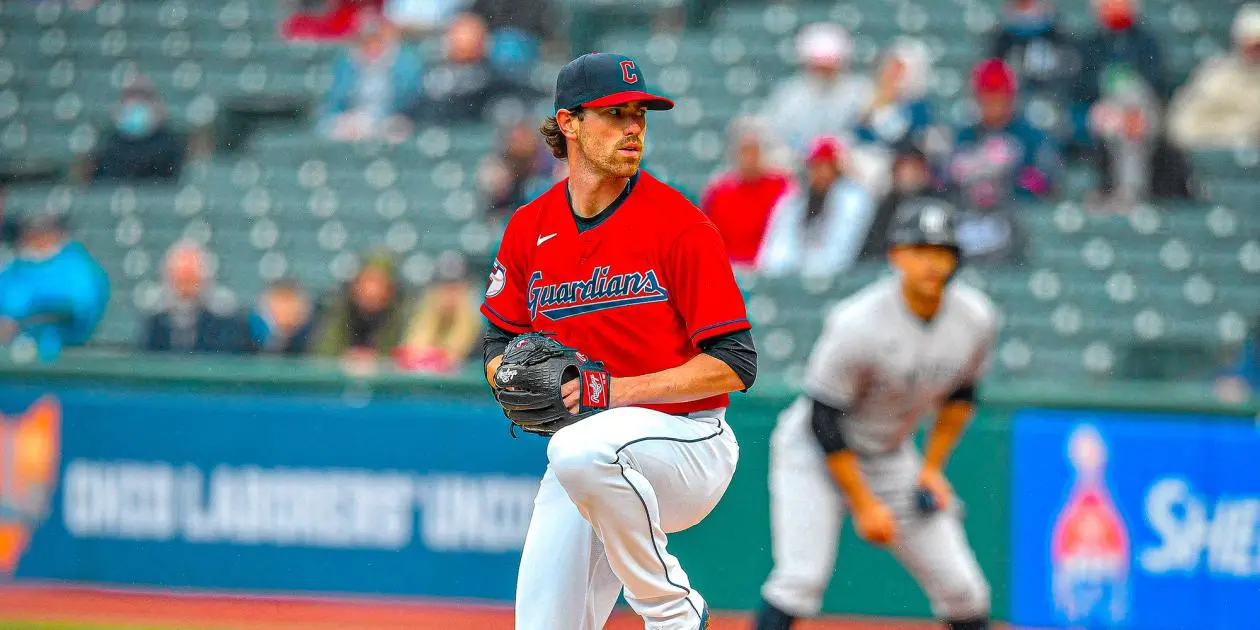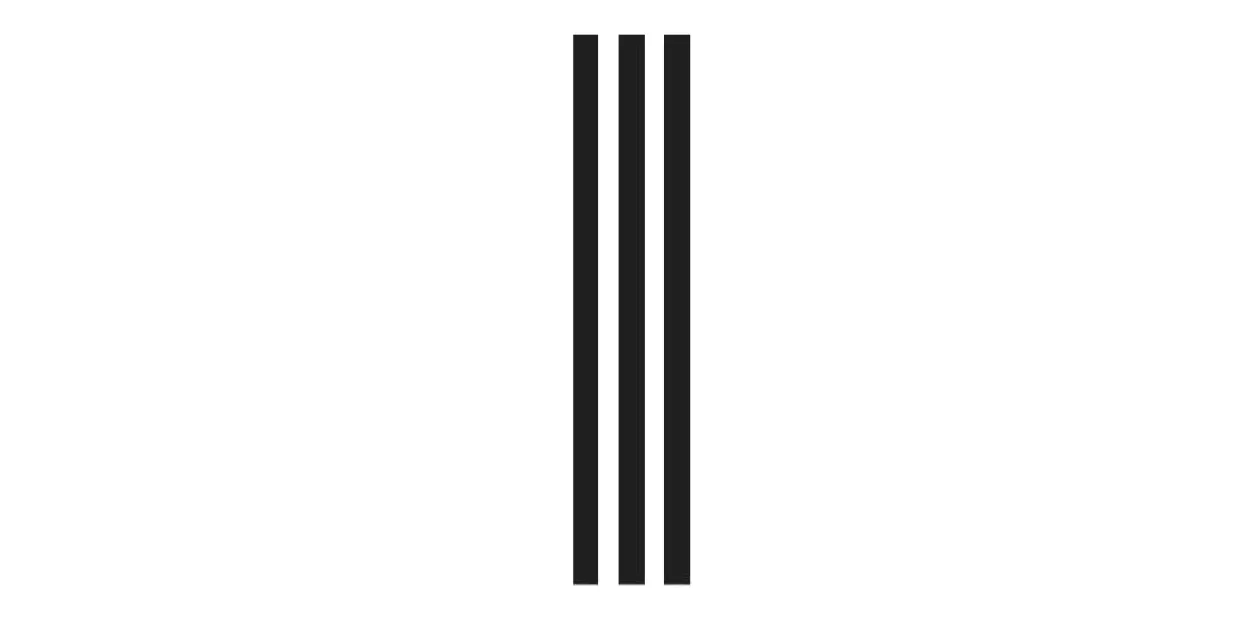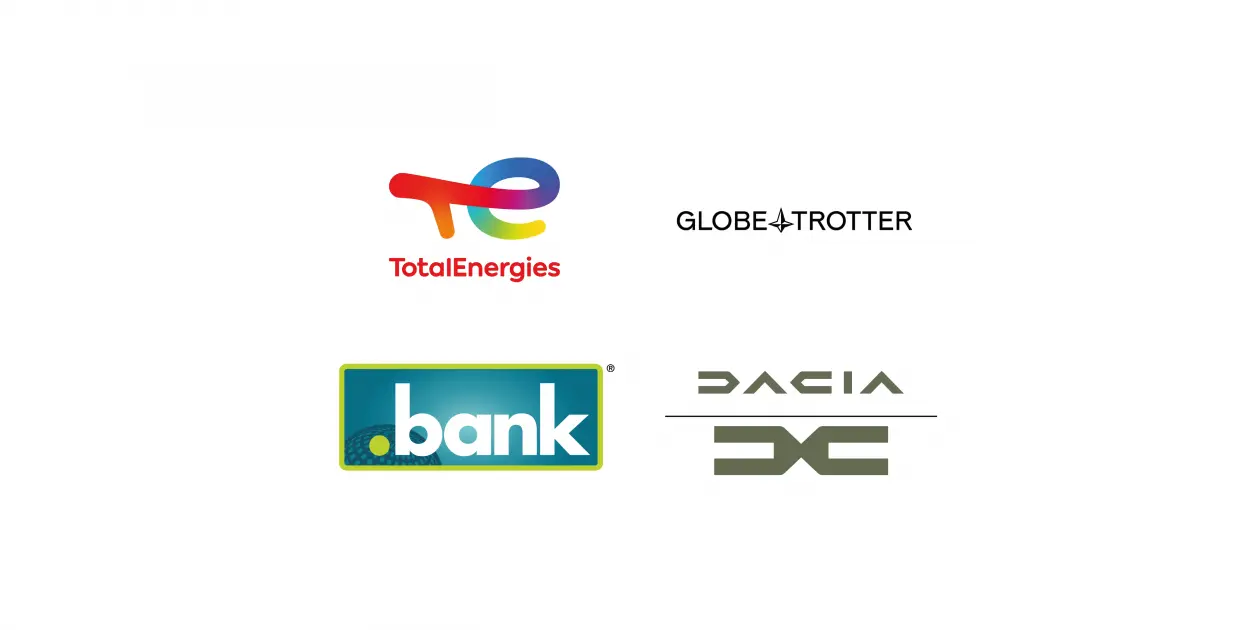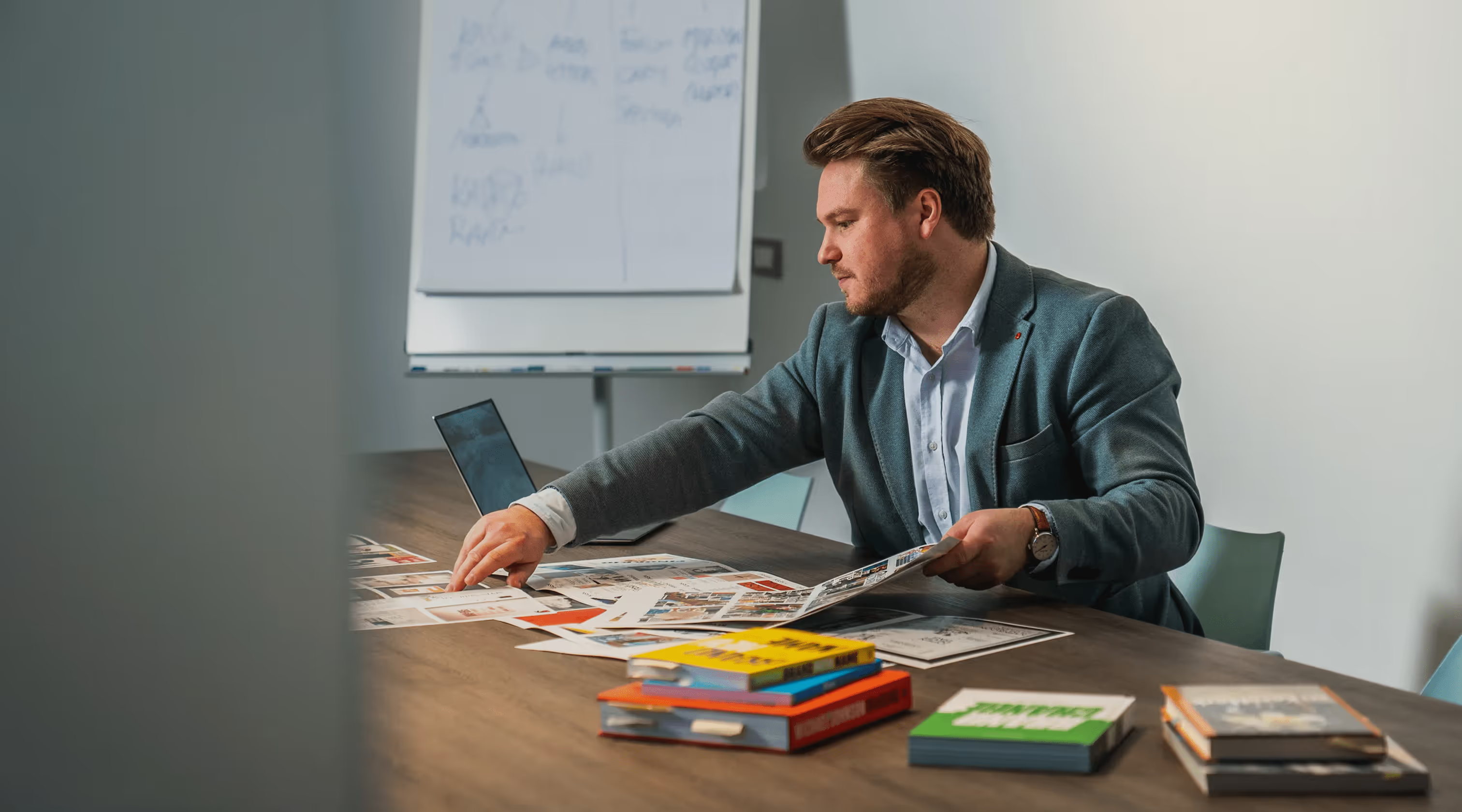Protected or copyable?
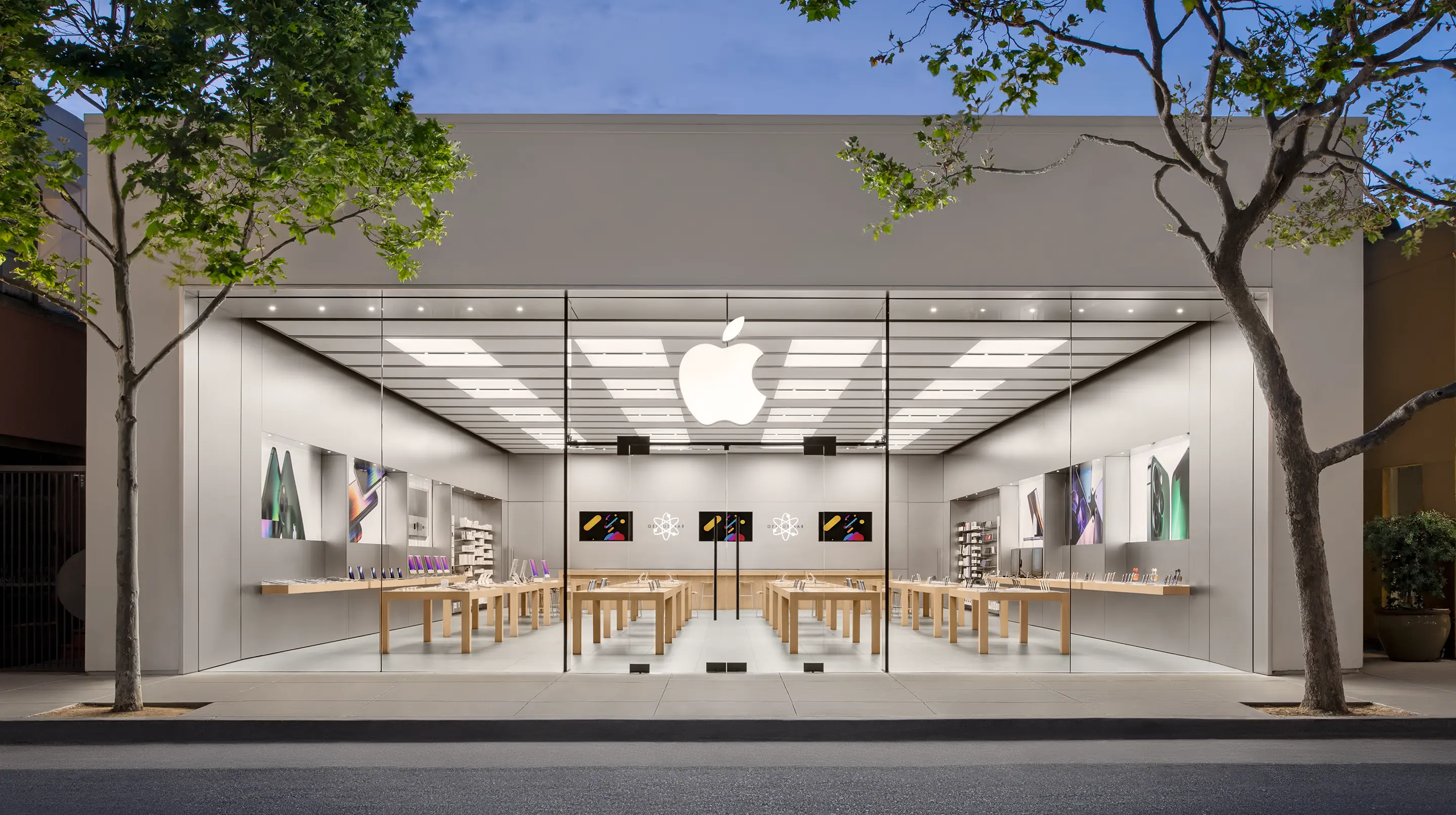

A brand is more than its registered elements. We explored this in our previous blog on strong brand assets. Think of McDonald’s ba-da-ba-ba-ba jingle or the distinctive bottle shape of Absolut vodka. These elements trigger instant recognition, even without explicitly showing the brand name.
But to what extent can these elements also be legally protected?
Not every brand element is equally strong from a legal perspective. Yet all of them contribute to a brand’s recognition and value. Some assets can enjoy long-term legal protection, while others mainly enhance brand experience but are harder to enforce legally. Understanding the difference is crucial for building a brand that lasts.
1. The strong foundations: name and logo
The most protectable assets are the brand name, logo, and symbols. A distinctive name always forms the foundation. Belfius was carefully chosen to stand out in a complex merger context. Nalu illustrates how availability across multiple countries can be decisive, while Acerta shows how a unique name can provide a solid legal basis.

Logos and emblems enjoy similar protection. Think of bpost, where the red and white mark is instantly recognized, or Arvesta, whose simple, powerful icon supports an entire group of brands. Colors, too, can be legally protected if they are distinctive enough and consistently applied. The purple of Milka is the most famous example: a color now inseparably linked to the brand.
2. Shape and packaging: protection in the details
Beyond words and visuals, shapes can also be protectable. A textbook example is the Coca-Cola bottle, whose contours are recognised and protected worldwide. Closer to home, the perfume bottles of Loucil and C&S show how a specific shape, separate from its content, can distinguish a brand and secure legal design protection.

Even in more everyday categories, the principle applies. Laroy Group’s dog toys were given a unique product shape that competitors could not easily copy. Still, protection of shapes is never automatic. The key question is: is the shape purely functional, or does it also serve as a distinctive sign? Only in the latter case does it qualify for design protection.
3. From tagline to typeface: when words truly build brand value
A slogan or baseline can also qualify for trademark protection, but only if it is truly distinctive. Generic claims usually fall short. For Arvesta, we co-created the line “Experts in the field”: a phrase that captures their core promise while being legally defendable. Universal taglines like Nike’s “Just Do It” demonstrate how words can evolve into powerful brand assets.
Beyond words, typefaces can also carry brand distinction. The iconic Mars wordmark, with its specific and consistently applied lettering style, shows how typography can shape identity. Through strong recognition, a typeface can in some cases even be design protected legally, provided it is not purely functional or generic.

Still, this remains a grey zone. Slogans and typefaces are often more fleeting and harder to claim than names or logos. Only through consistent use and clear differentiation can they grow into legally defendable elements.
4. The grey zone: elements that are hard to claim
Not everything that makes a brand recognisable can be legally protected. Brand styles, campaigns, social media presence, architecture or transport vehicles all contribute to brand experience but are rarely exclusive. Think of the distinctive design of Apple Stores, Coca-Cola’s Christmas campaigns or the festival booths of soft drink brands: they create recognition without airtight legal protection.
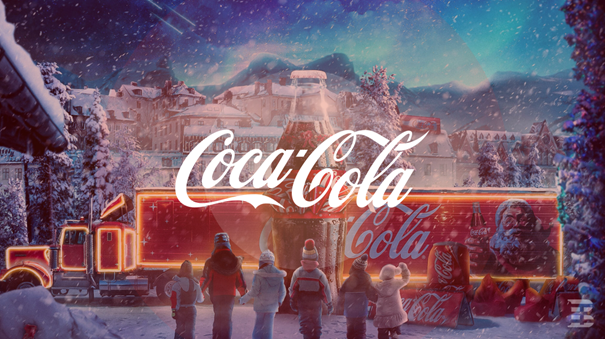
Conclusion
Protectability is not black and white. Strong brands combine legally protected assets such as names, logos, colors and emblems with experience-driven elements like campaigns or house style. The first category provides legal certainty, the second builds emotional anchoring. It is precisely this combination that makes brands resilient.
Protectability is not black and white. Strong brands combine legally protected assets such as names, logos, colors and emblems with experience-driven elements like campaigns or house style. The first category provides legal certainty, the second builds emotional anchoring. It is precisely this combination that makes brands resilient.
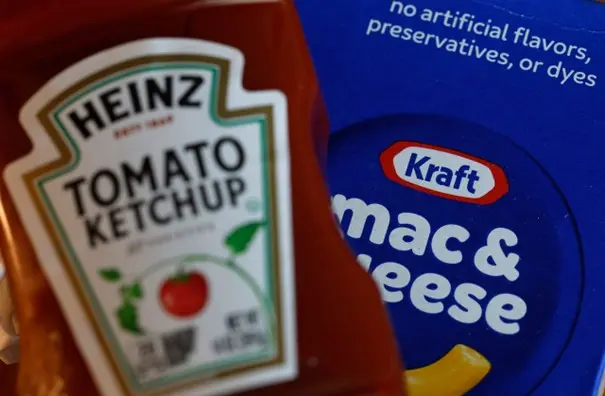
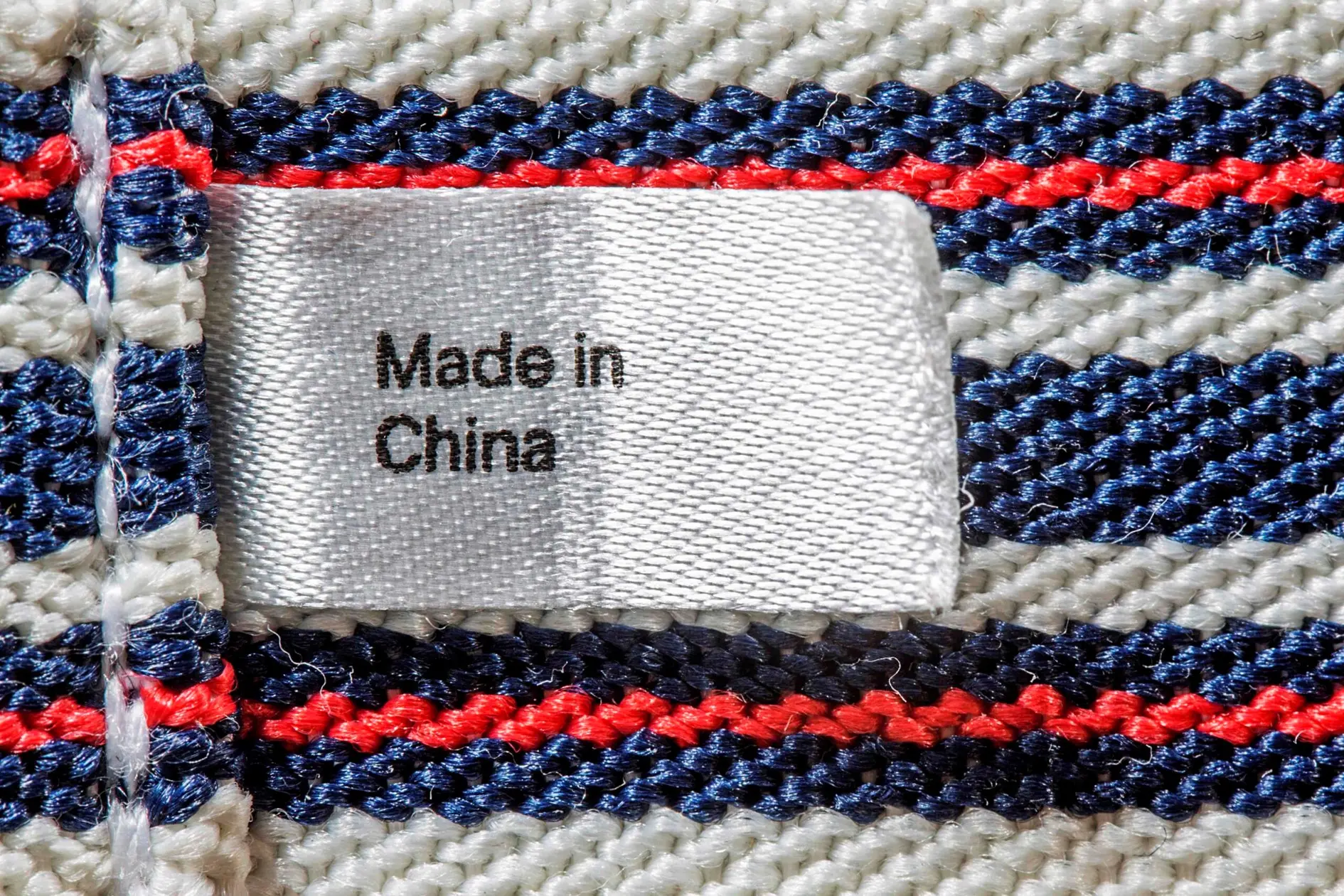
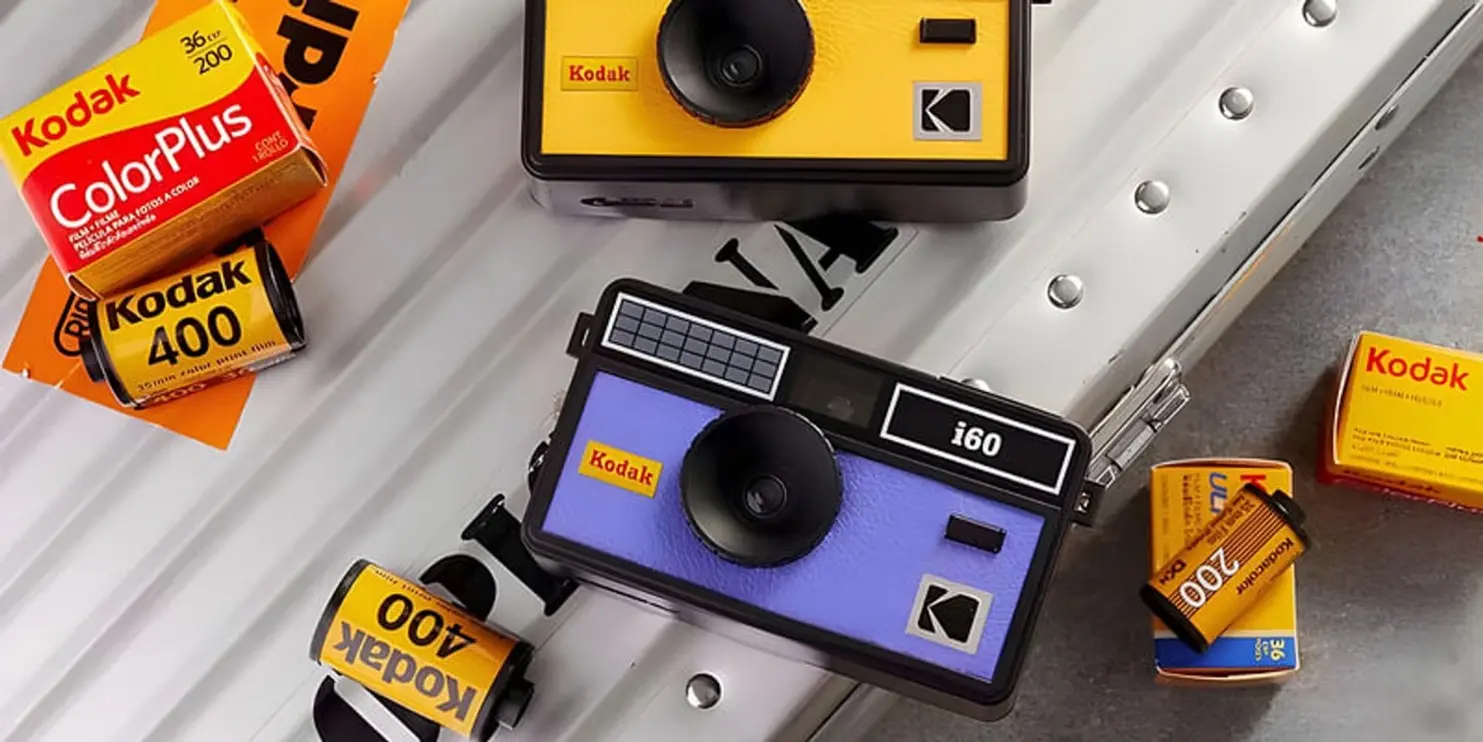

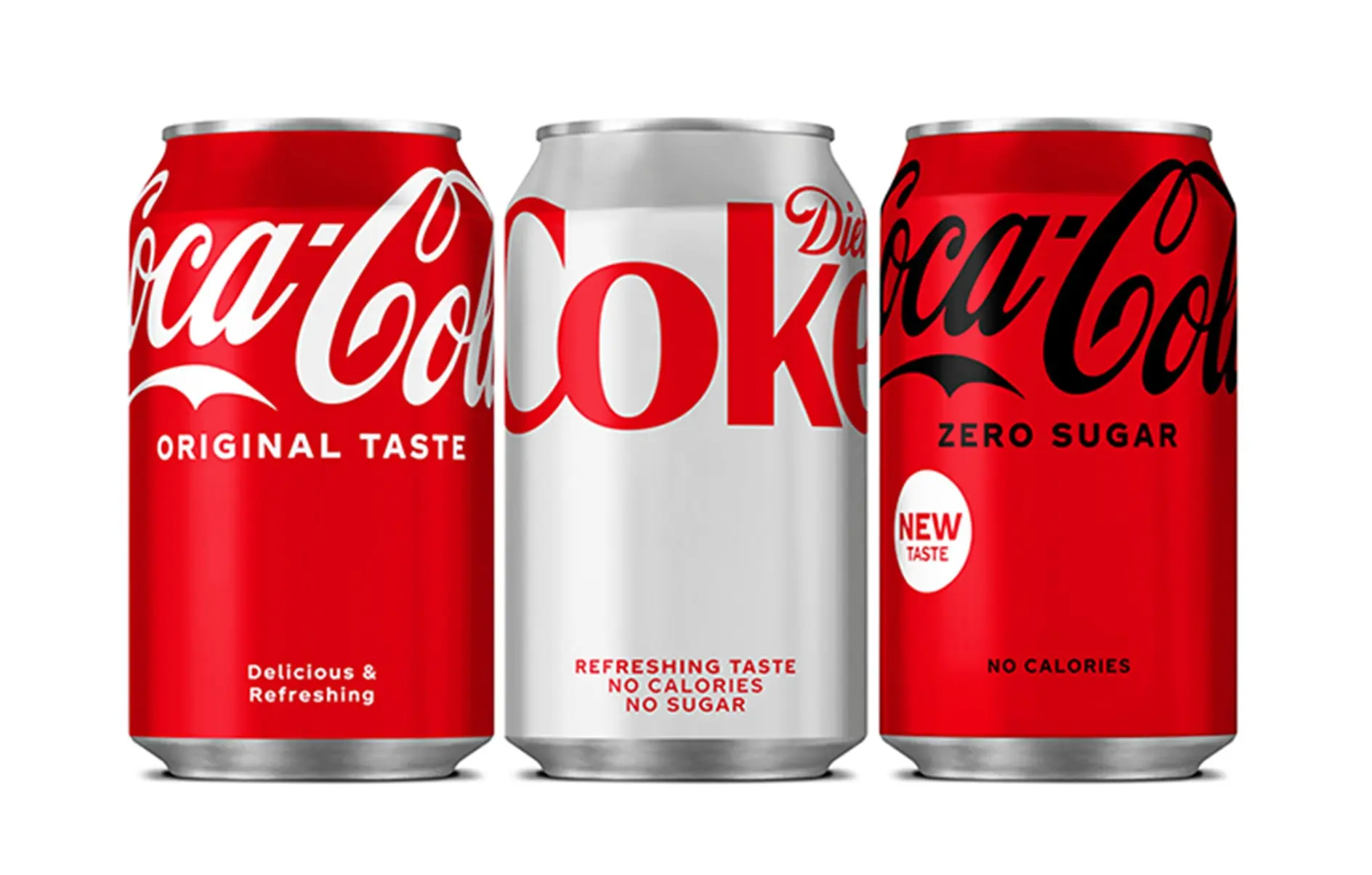
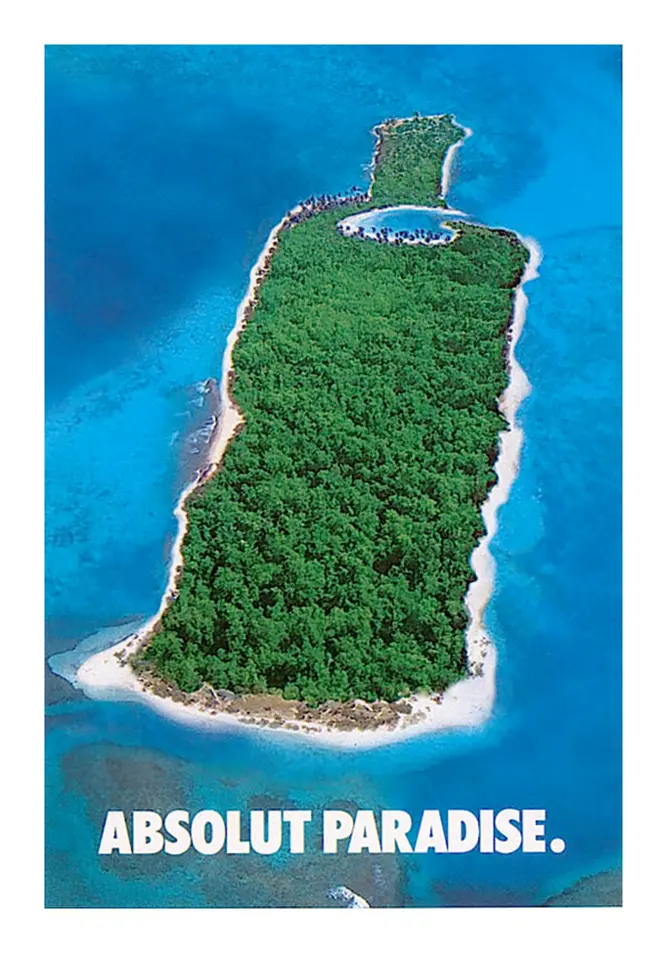



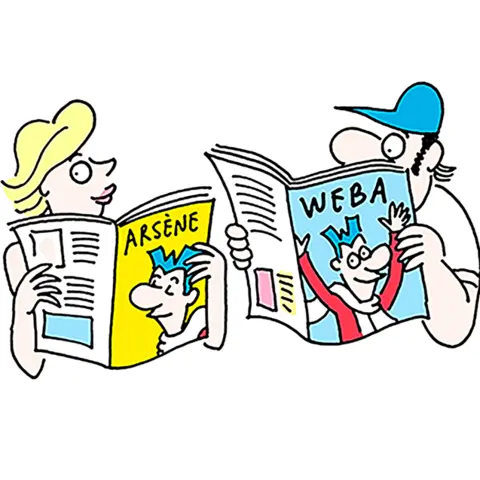
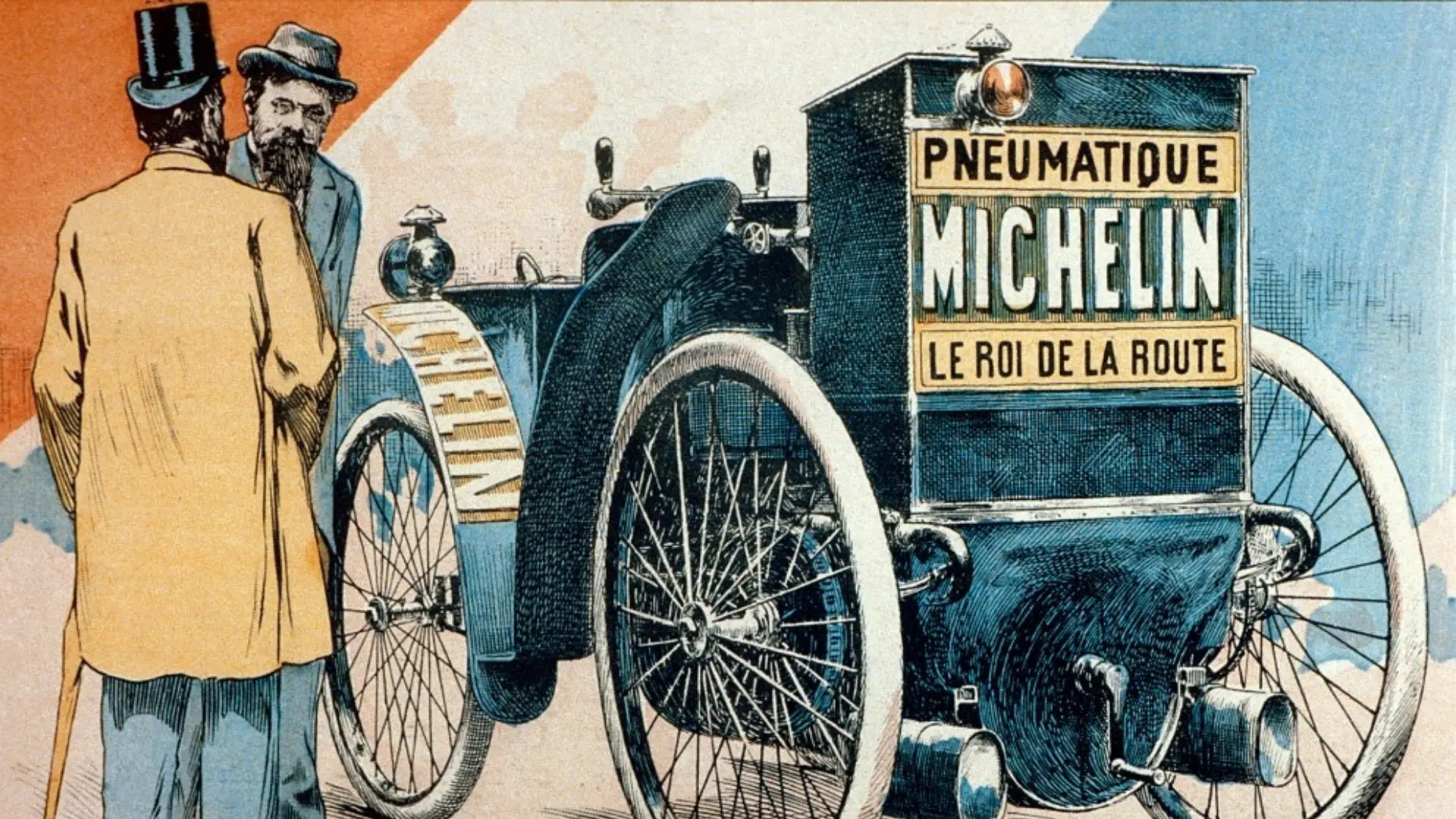


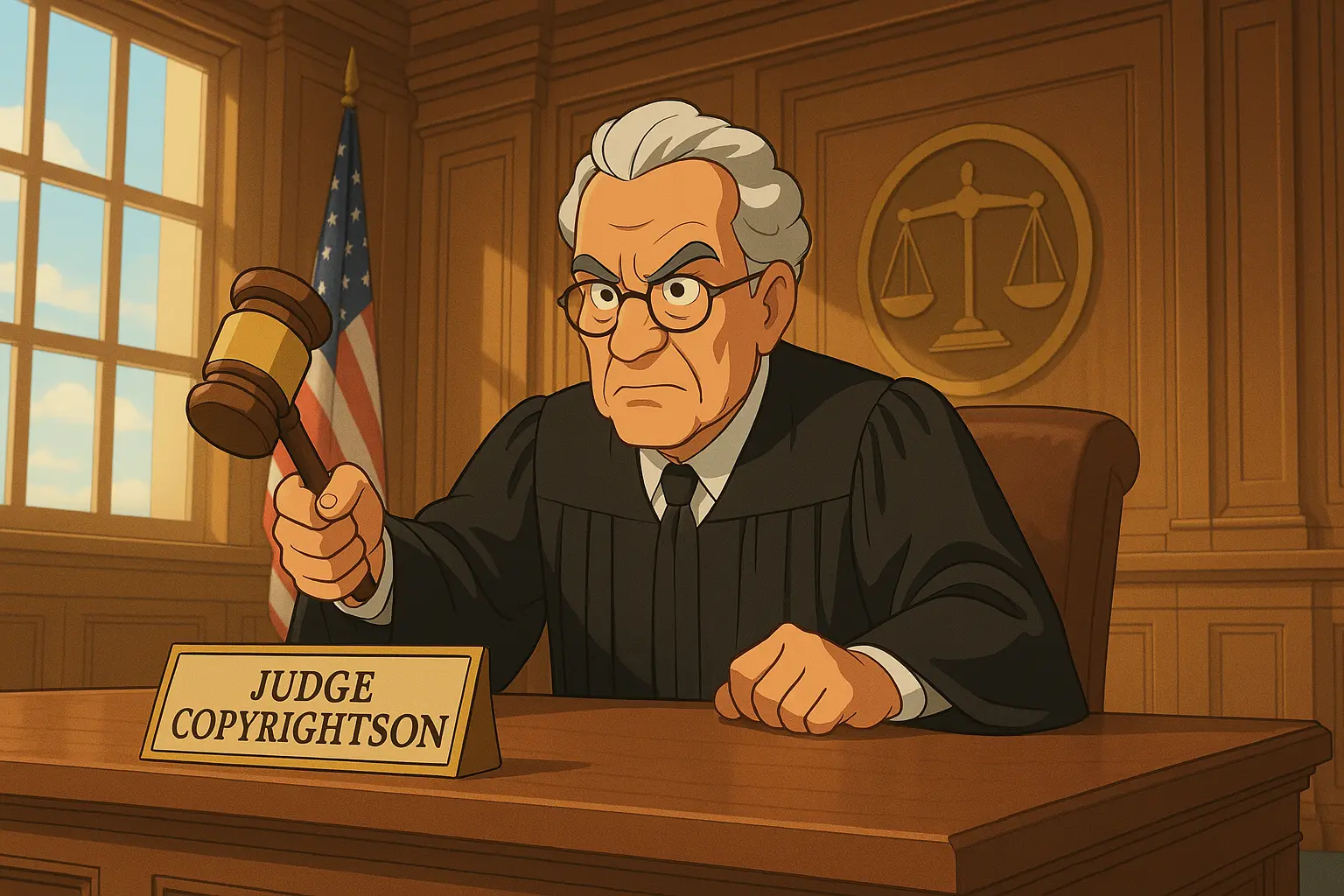



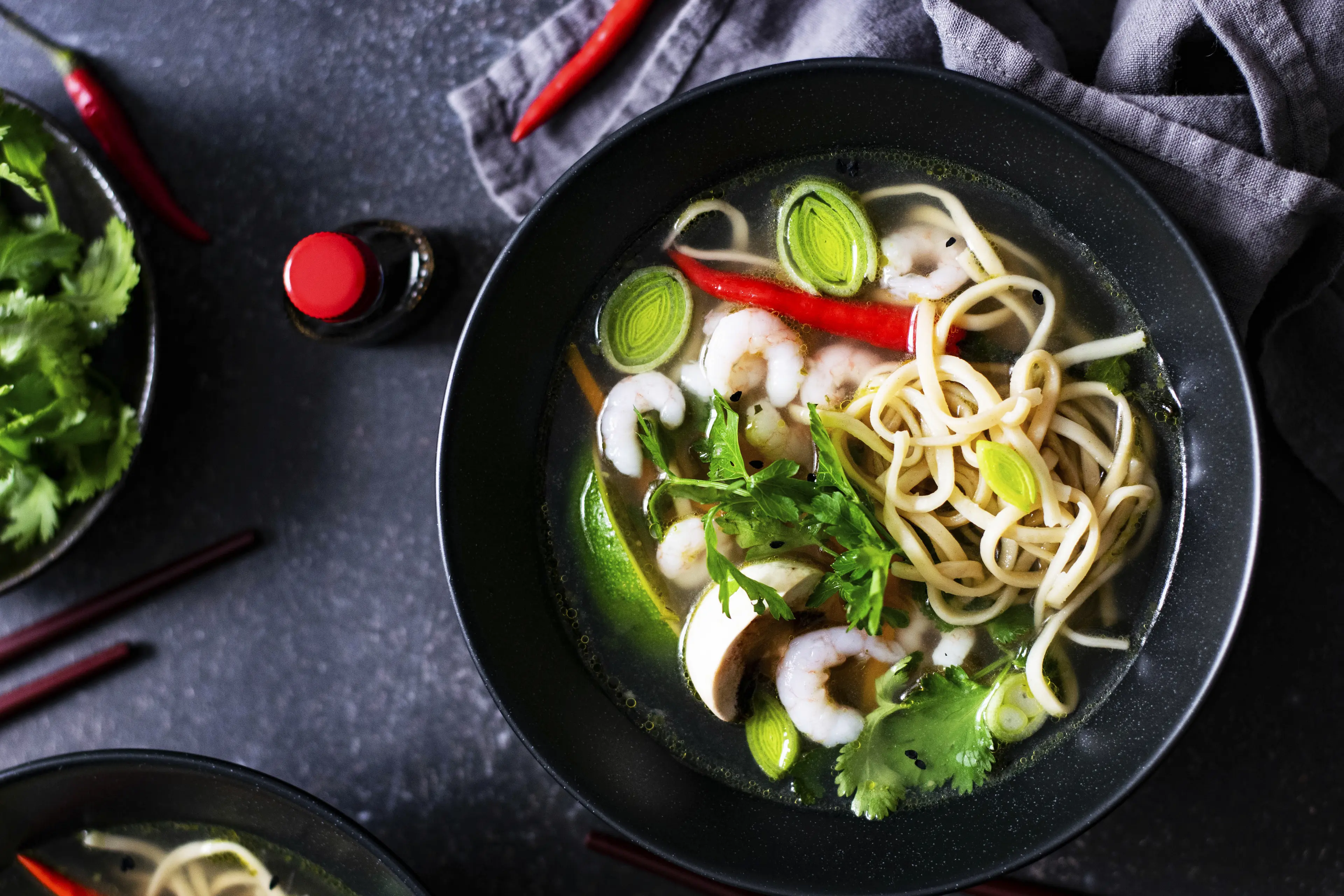
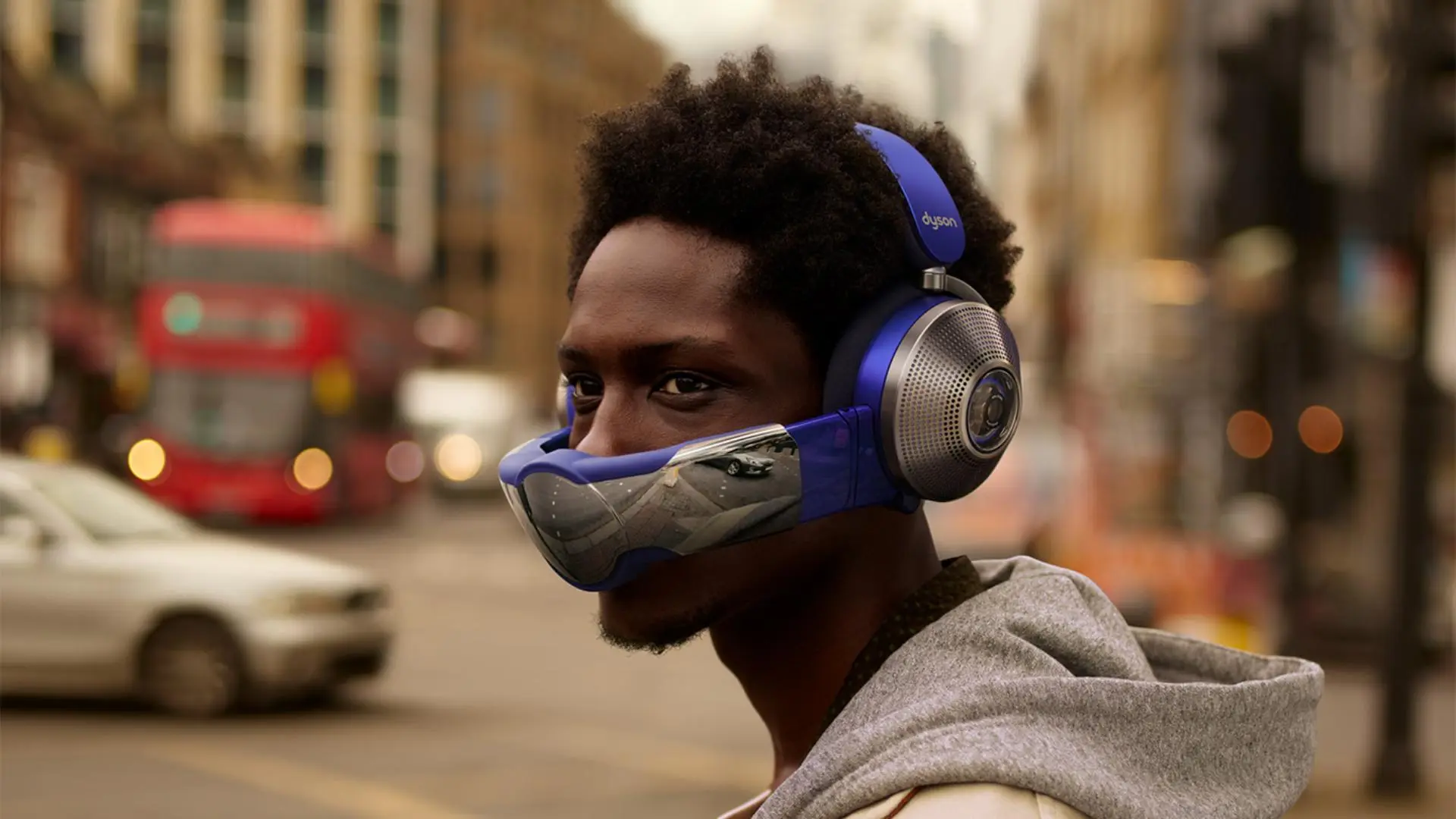

.webp)


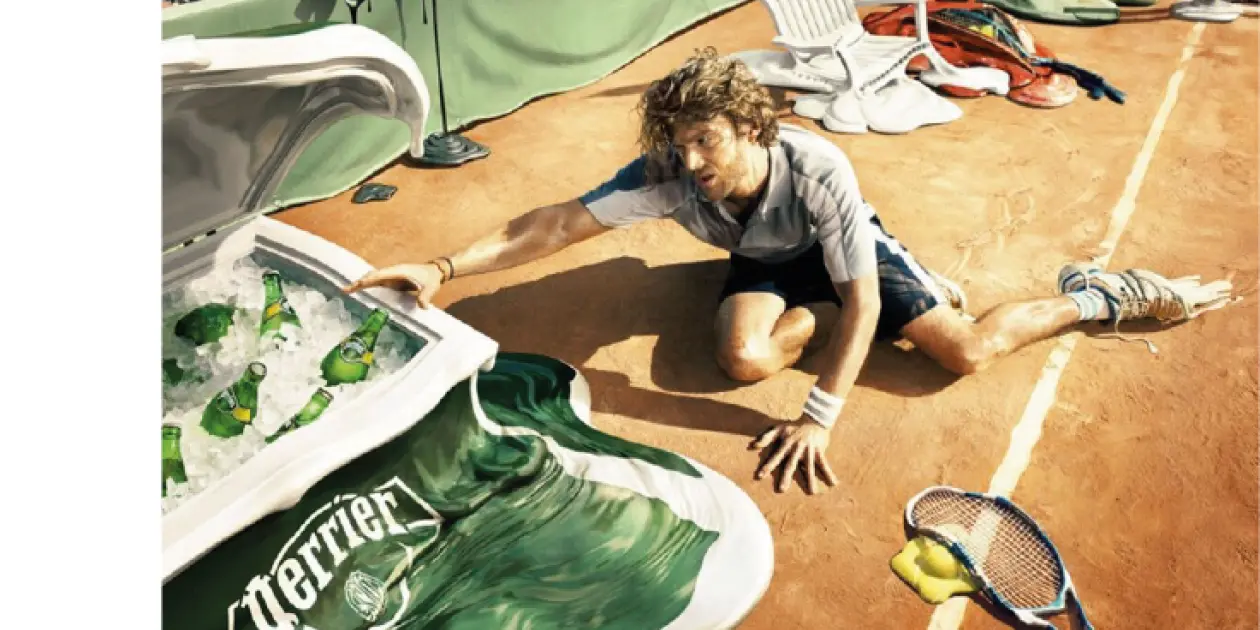



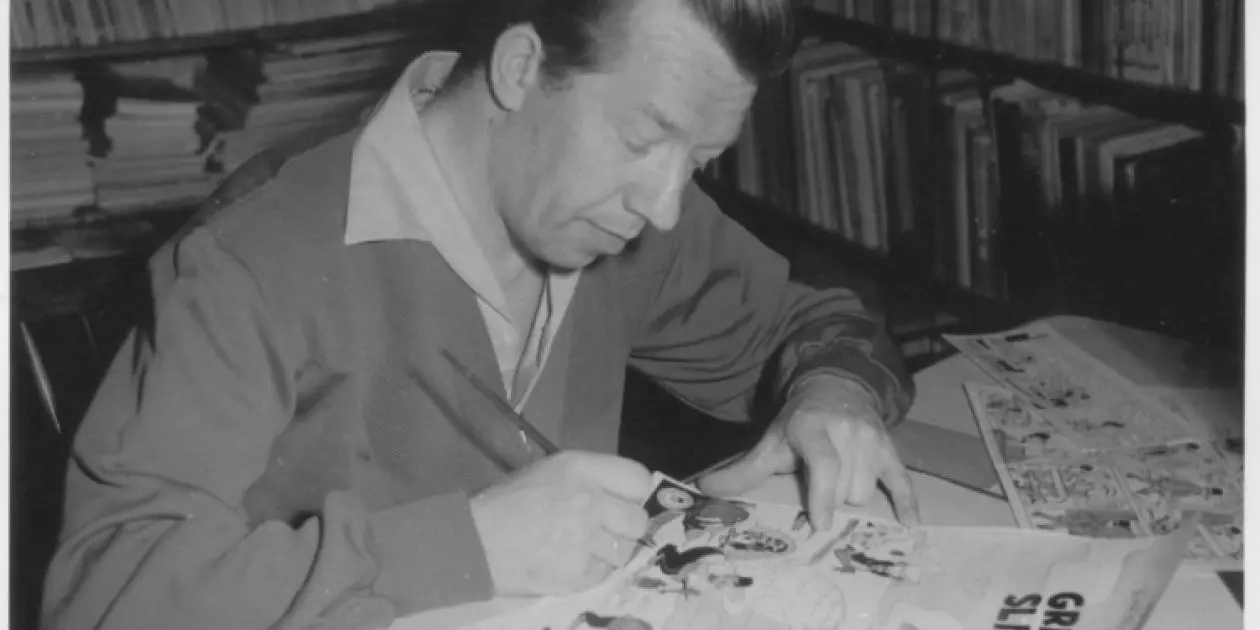
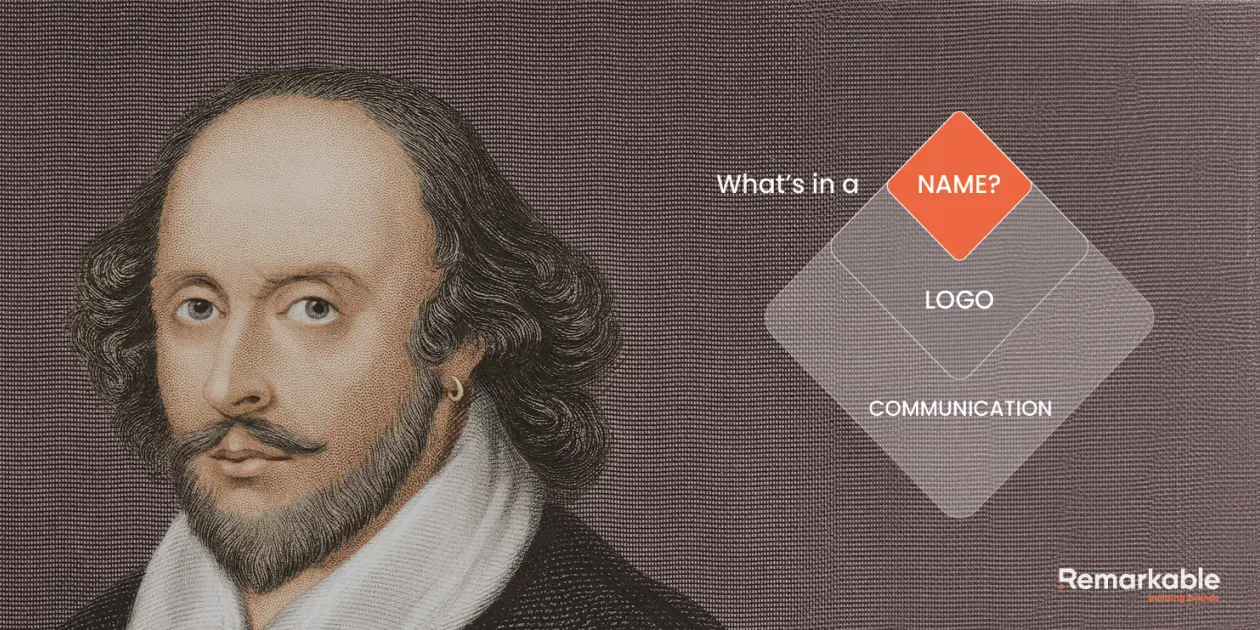

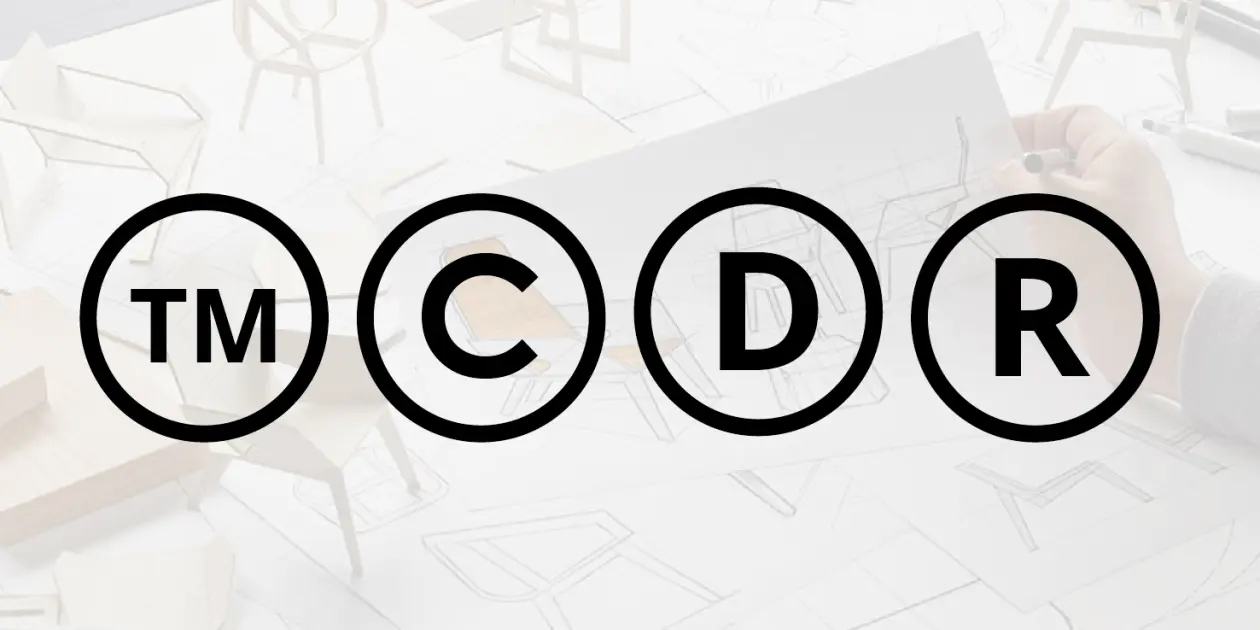
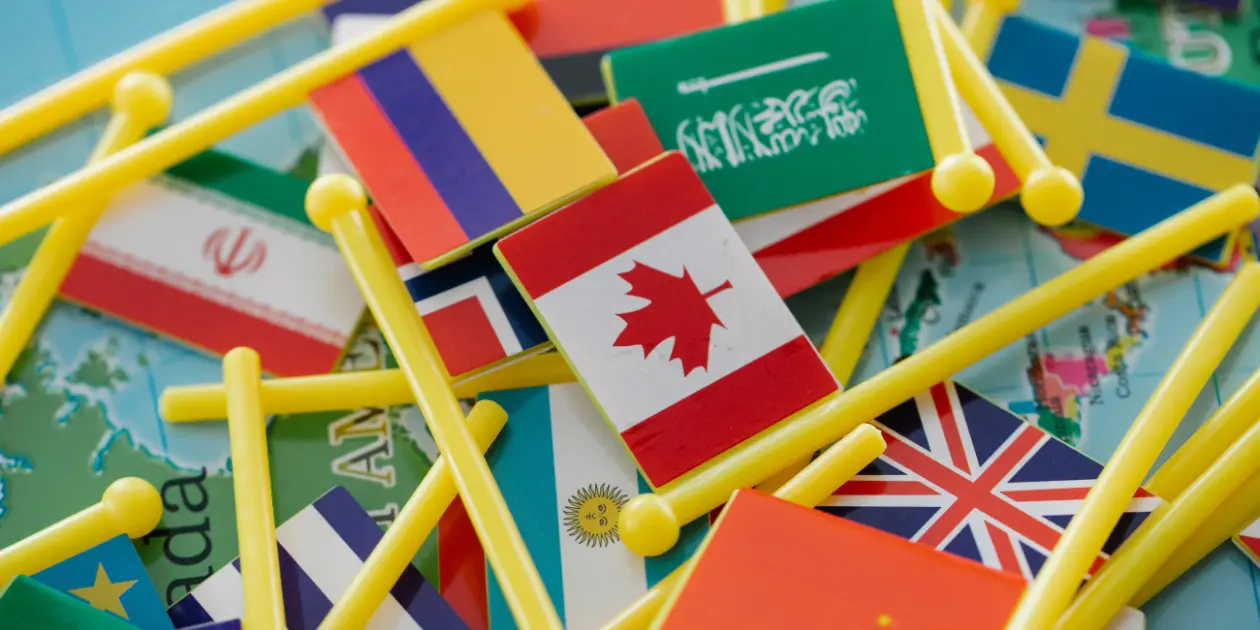
.webp)
.webp)


